Modern small gardens have evolved from cramped afterthoughts into dynamic outdoor rooms where every square inch works overtime. Designers in 2025 lean on vertical structures, modular furnishings, tech-smart irrigation, and wildlife-friendly plant palettes to make modest plots feel generous and alive. Trend round-ups point to a surge in native, drought-resilient planting, layered architectural lighting, and seats that double as storage—each tuned for tight footprints. Whether you nurture a balcony, courtyard, or roof terrace, the twenty ideas below translate big-garden ambition into compact, affordable moves you can start this weekend. Explore and let your small garden overachieve.
1. Vertical Plant-Wall Magic for Small Garden Growth
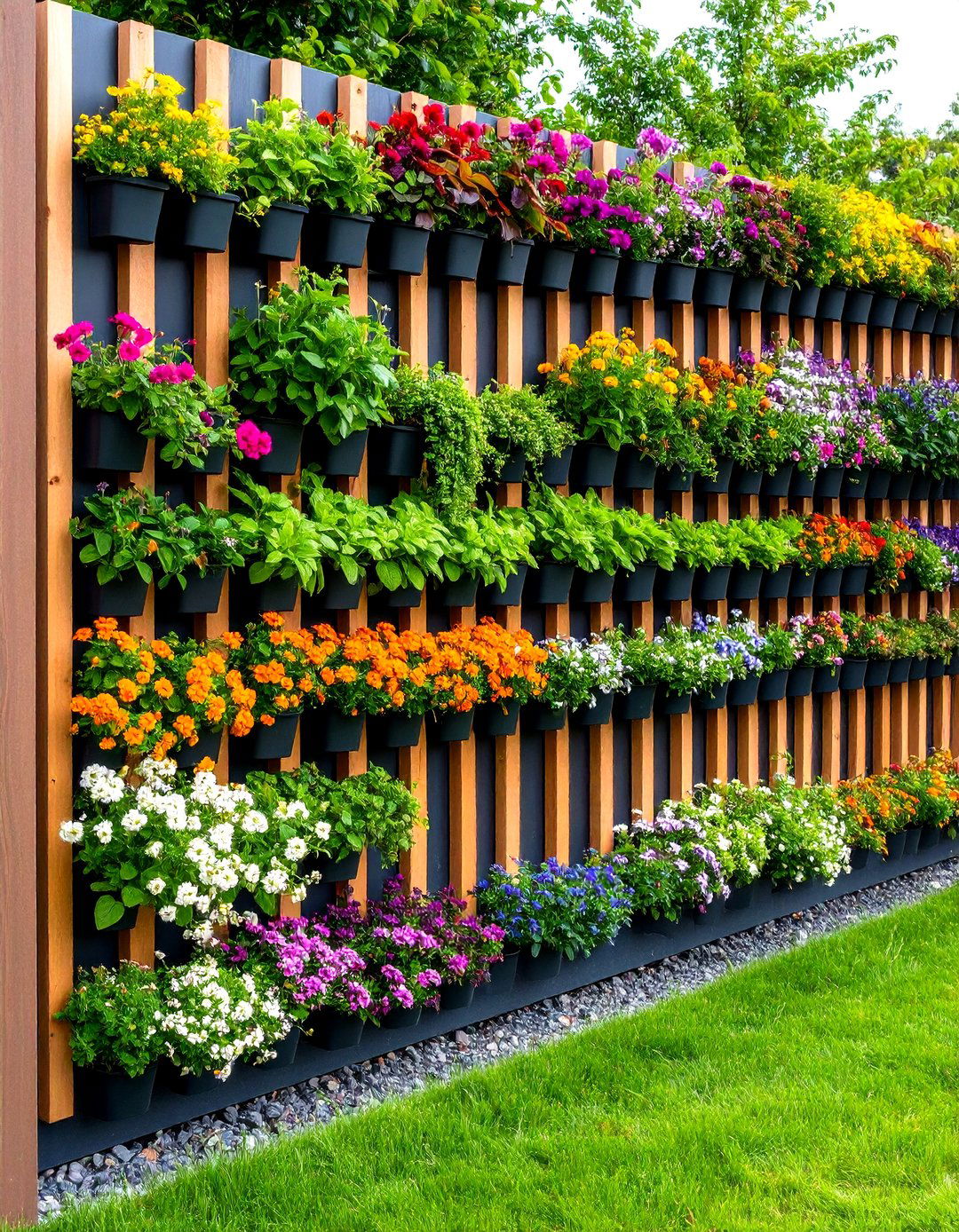
A lush living wall turns a bare fence into a leafy tapestry, stacking dozens of pockets of soil where the footprint of one pot once sat. Expert columns confirm that trellises, wall planters, and hanging baskets multiply usable planting area while adding depth and drama to a small garden. Choose lightweight modular panels so you can re-arrange herbs, strawberries, and succulents as the seasons shift. Mixing textures—like fern fronds beside glossy philodendrons—draws the eye upward, making a tight space feel taller. Drip-line tubes hidden behind the panels keep watering effortless, and a splash of colorful annuals mid-wall delivers instant wow.
2. Tiered Container Staging Elevates Every Corner of a Small Garden
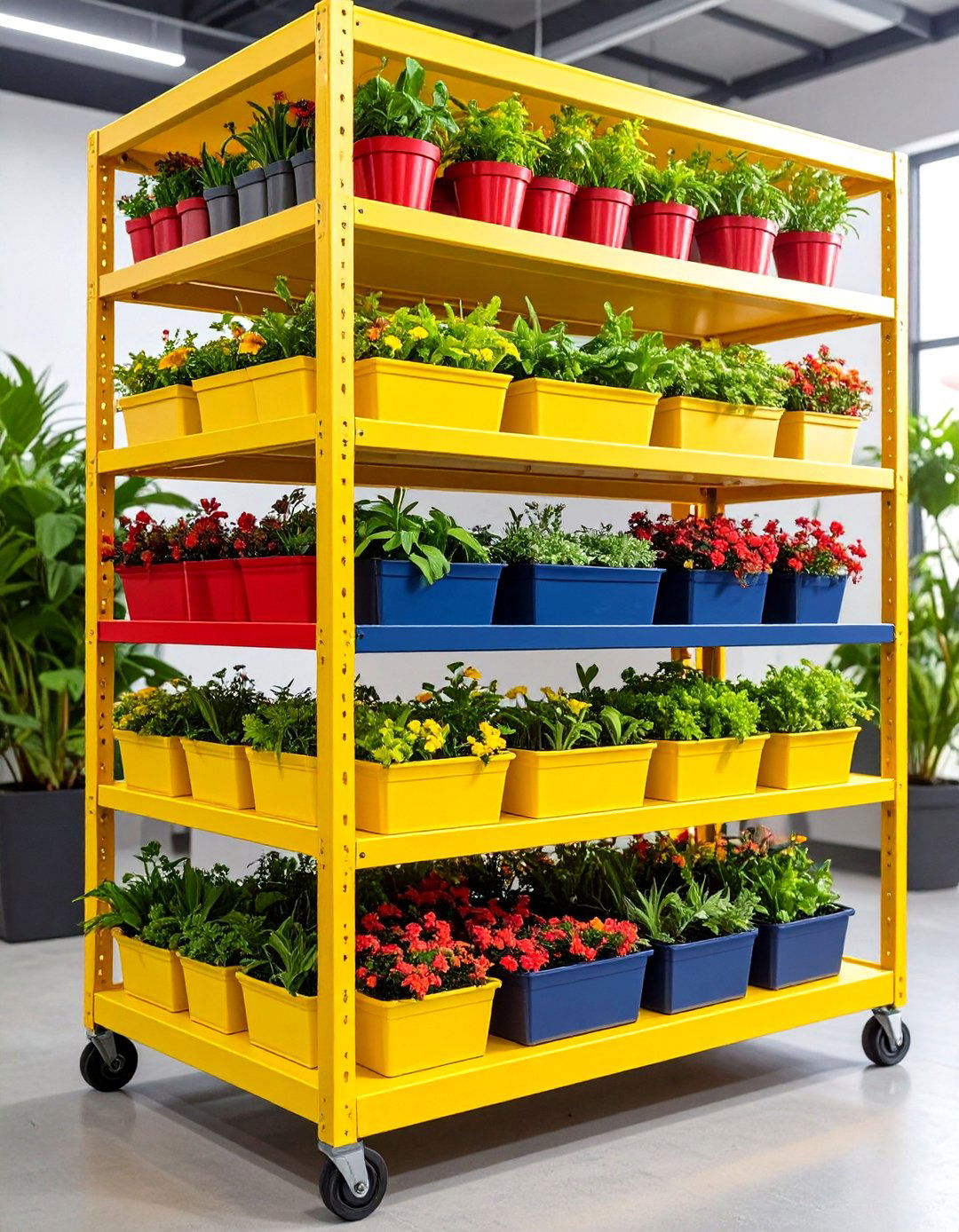
Instead of lining pots in single-file, arrange them on staggered shelves, step-style ladders, or stacked cinder-blocks to create a mini amphitheater of foliage. Columnists note that grouping containers at varied heights not only boosts capacity but also lets sun-lovers bask on the top tier while shade-preferring plants tuck below. Stick to a tight color palette—say charcoal planters and silver foliage—to unify the display, and slide wheeled pot dollies under the heaviest pieces so you can rotate the ensemble for cleaning or parties. A tiered setup keeps pruning, feeding, and harvesting within arm’s reach and turns dull corners into plant-packed showpieces.
3. Mirror Illusions Double Perceived Space in a Small Garden
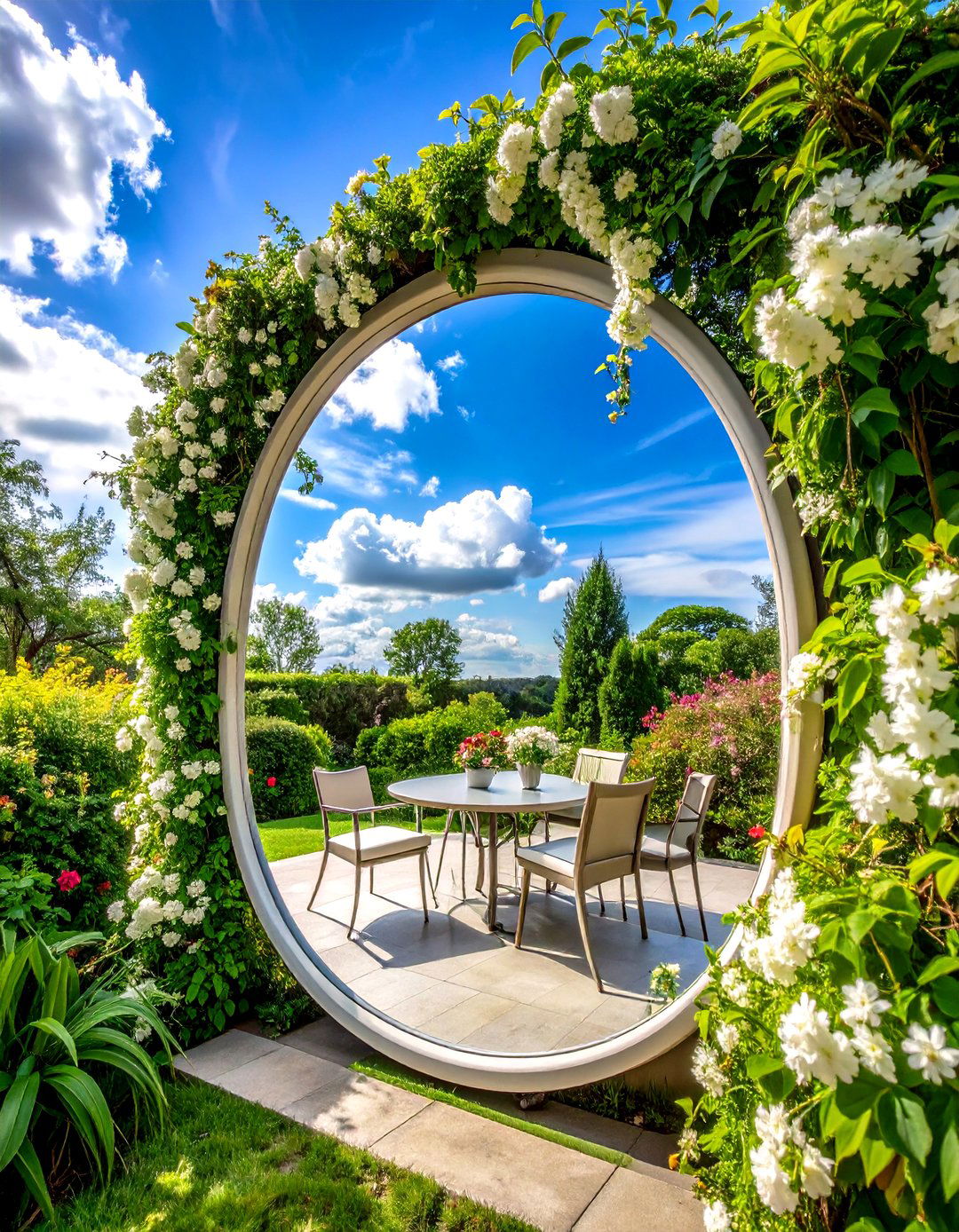
Well-placed outdoor mirrors bounce light into shady pockets and visually extend a boundary fence. Design writers suggest angling mirrors slightly downward so they reflect sky and foliage rather than your own face, preventing bird collisions and giving the illusion of an open portal. Old window frames fitted with mirrored glass add character, while contemporary frameless panels slip quietly into minimalist schemes. For safety, pick acrylic mirror sheets or tempered glass rated for exterior use. Tuck climbers like jasmine around the edges to soften reflections, and wipe surfaces monthly to keep the “borrowed” garden vista crisp and convincing.
4. Modular Storage Furniture Streamlines a Small Garden Patio
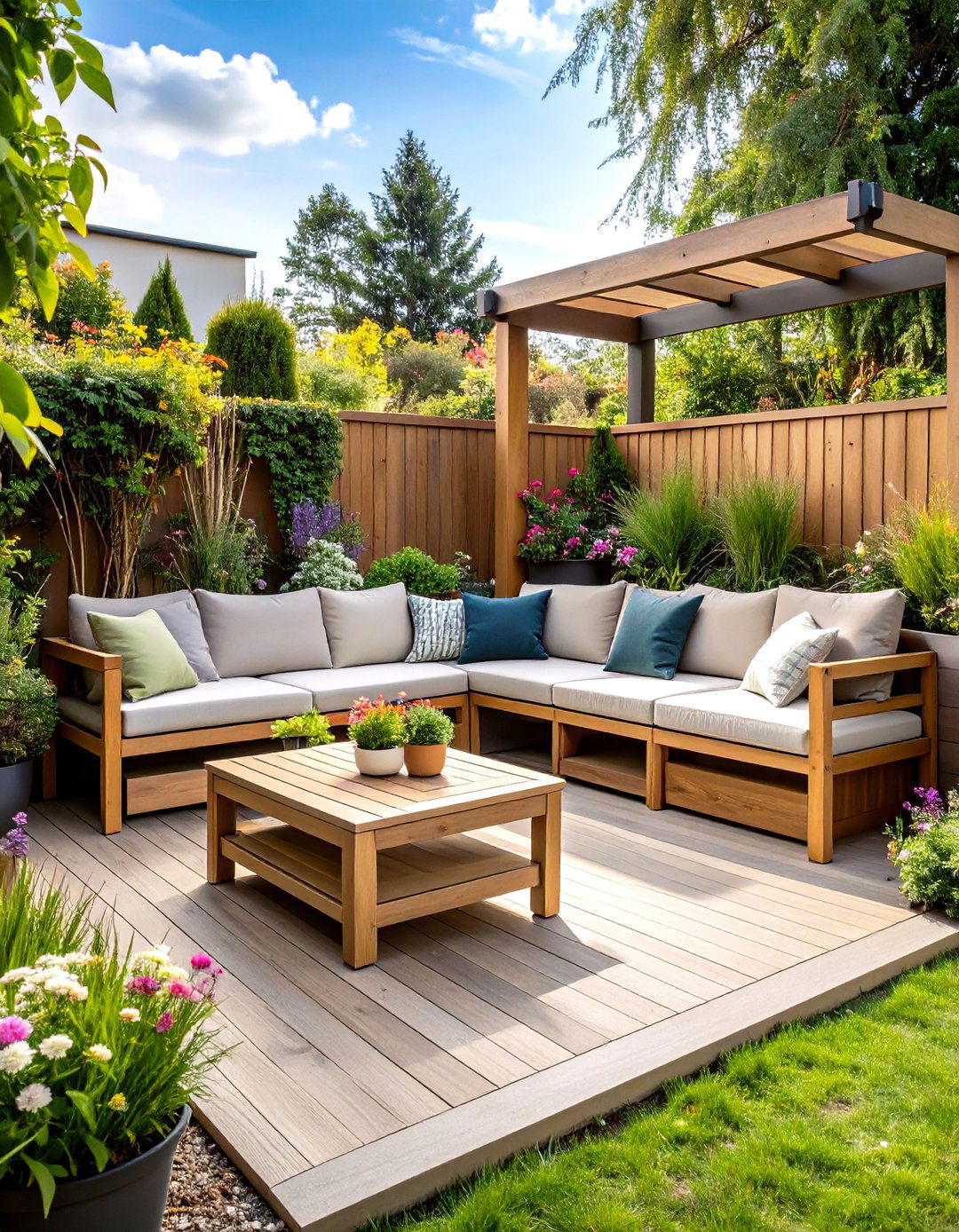
Compact conversation sets with hidden storage solve two problems—seating and clutter control—without hogging precious square footage. Retail round-ups show fold-out benches, ottomans with lift-up lids, and coffee tables that conceal cushions and hoses when not in use. Opt for aluminum or resin wicker pieces that shrug off weather yet stay light enough to shuffle around. Neutral upholstery keeps the scheme calm; layer color with washable throw pillows for easy updates. Arrange modules in an L-shape to define a “room,” leaving a clear central walkway so the area never feels cramped.
5. Smart Drip Irrigation Keeps a Small Garden Low-Maintenance
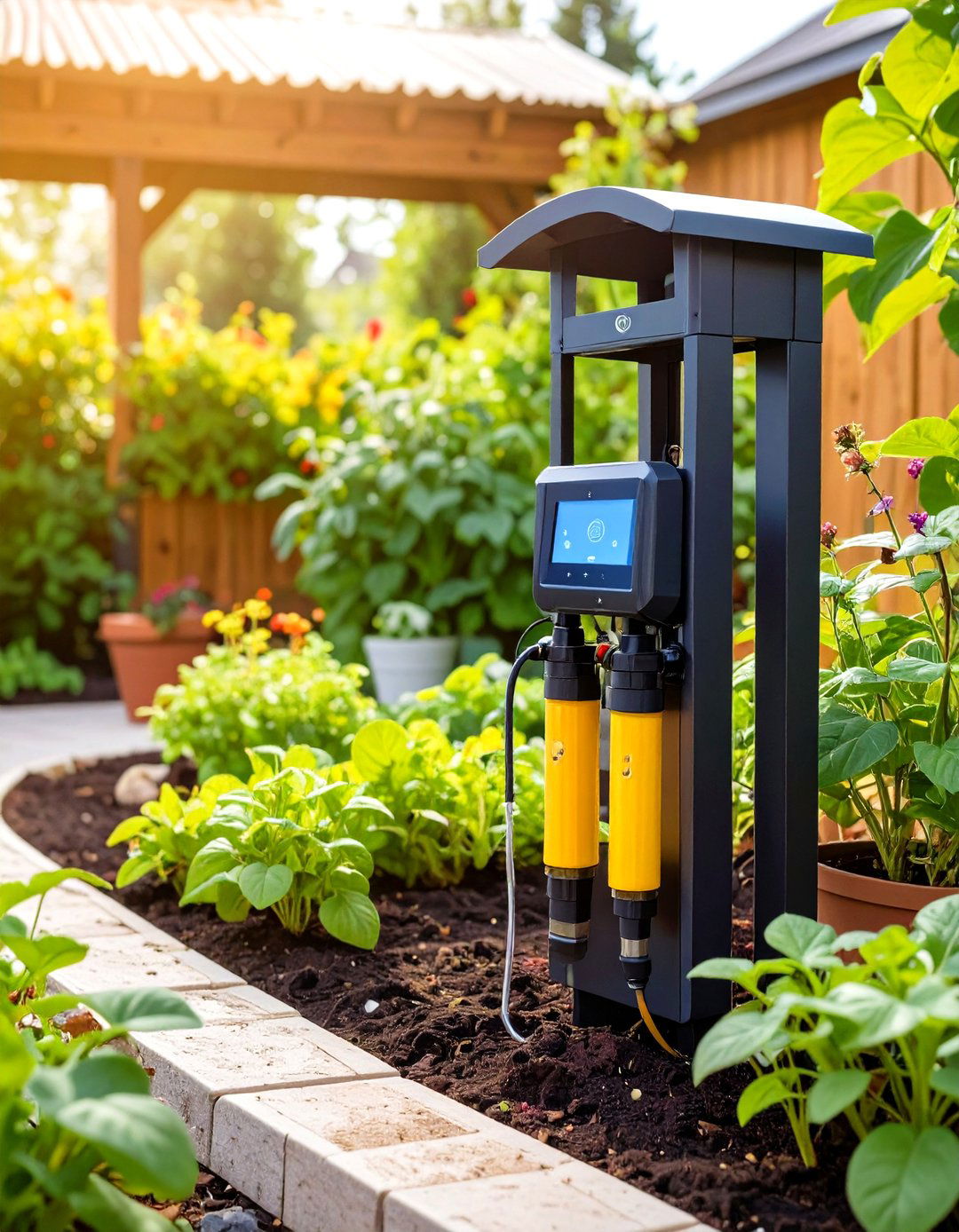
Precision watering matters when every inch of soil counts. New drip kits with Bluetooth timers deliver exact doses at root level, reducing waste by up to 60 percent compared with sprinklers, according to irrigation suppliers. Many come in plug-and-play starter packs sized for balconies, and micro-emitters can hide inside vertical walls or window boxes. Pair the timer with a soil-moisture probe so plants never sit thirsty when you’re away. The investment pays back quickly in water savings and healthier growth, freeing you to enjoy the garden rather than babysit a hose.
6. Native Plant Palettes Boost Biodiversity in a Small Garden
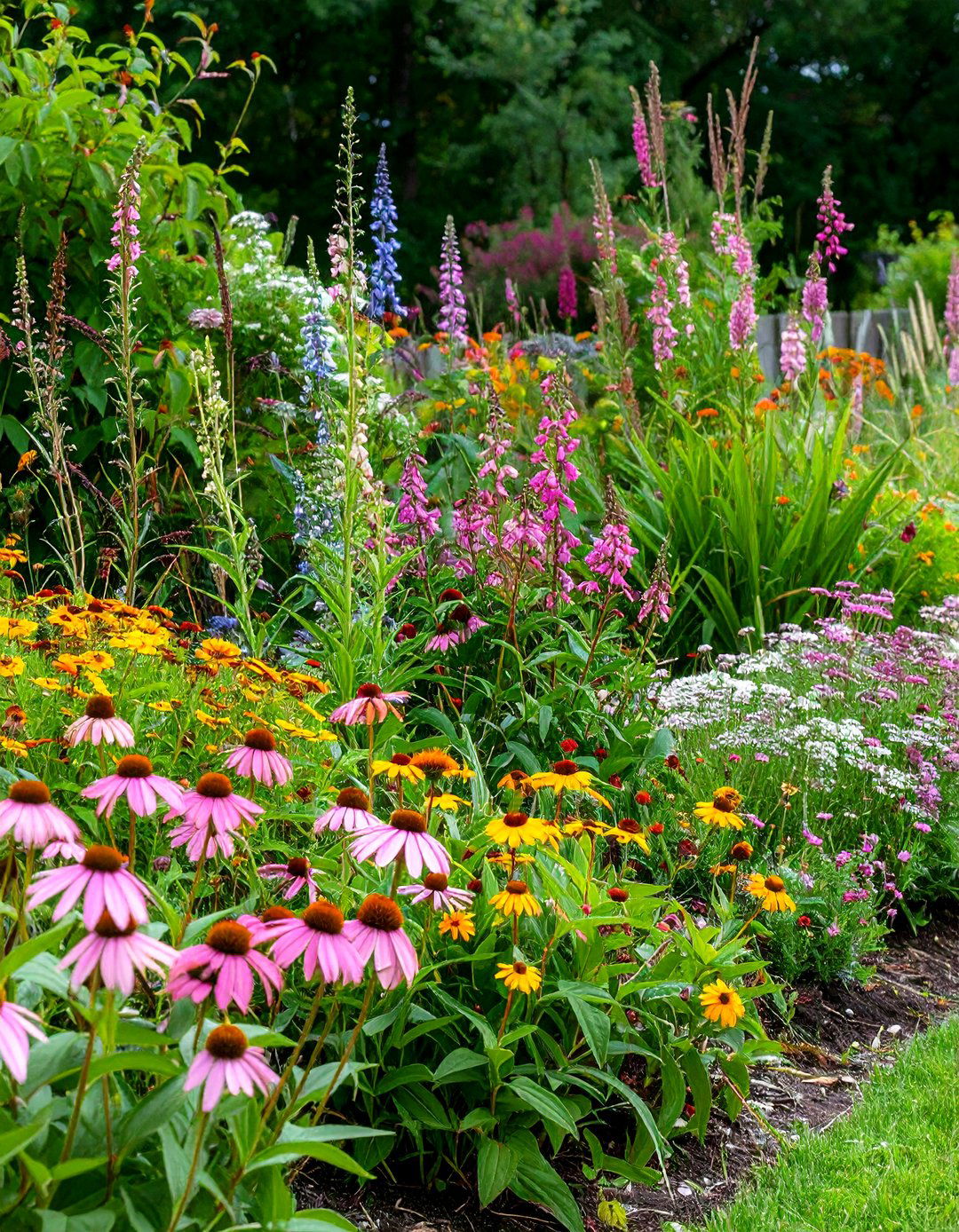
Choosing region-appropriate natives means less maintenance and more life. Trend reports highlight a boom in nativars—cultivated forms of native plants—that pack big color into compact habits ideal for small beds. Think dwarf coneflowers, compact goldenrods, and low-growing penstemons that draw pollinators without overwhelming the border. Because natives evolved with local rainfall patterns, they demand fewer resources and rebound faster after heatwaves. Cluster three to five of the same species for a cohesive look and easier watering, then weave in a few airy ornamental grasses for year-round movement.
7. Compact Pergola Frames Structure a Small Garden Retreat
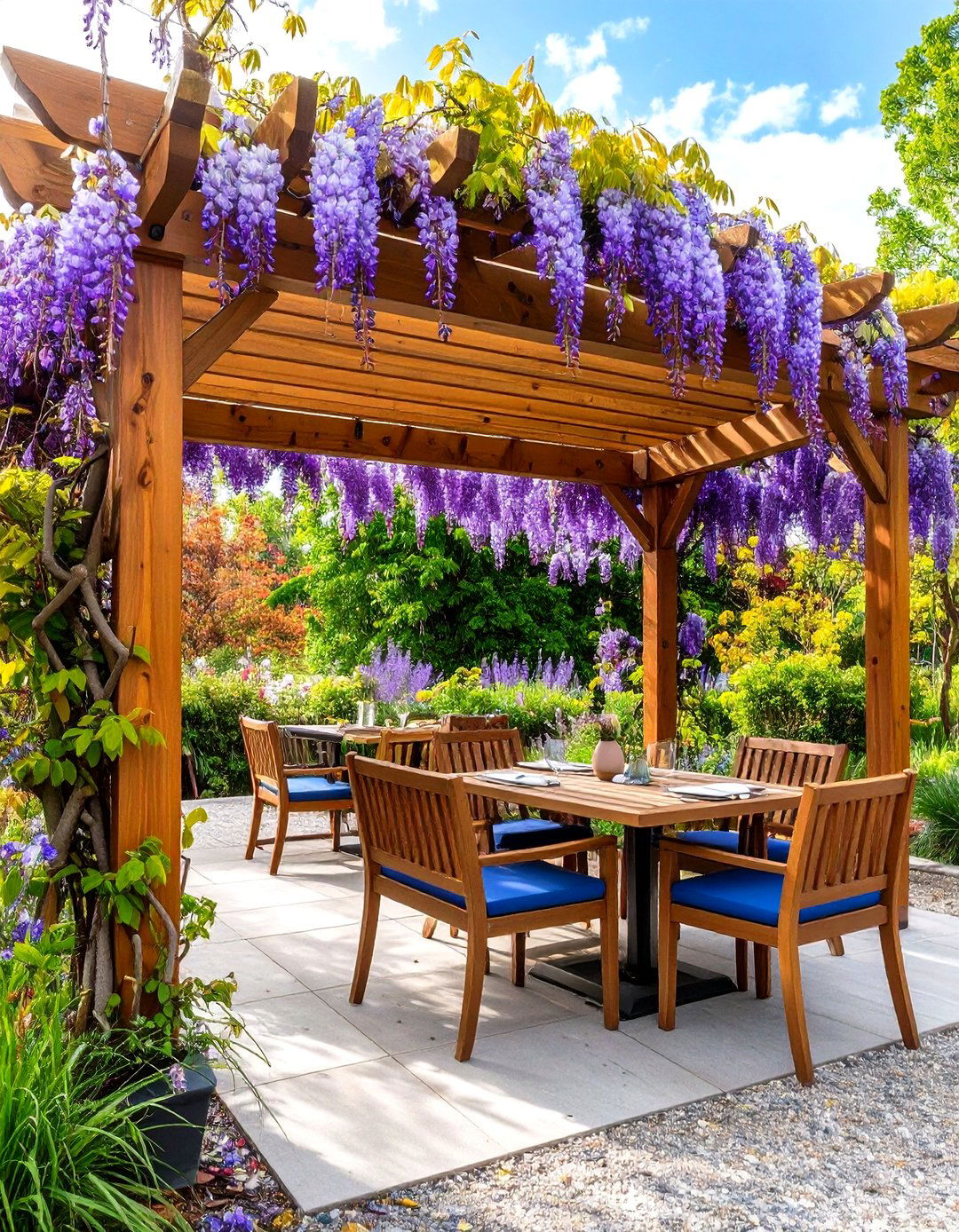
A slender, freestanding pergola—two-by-two posts and slatted roof—creates vertical architecture without closing in a small garden. Contemporary designs favor slim powder-coated aluminum or pale timber stained to match decking, delivering shade and a place to anchor fairy lights. Train a single wisteria or grapevine up one leg to soften edges while maintaining airflow. Add retractable fabric panels for instant privacy on movie nights. Because the footprint stays narrow, you still have space beneath for a bistro set or chaise, turning an unused corner into an outdoor living room.
8. Layered Path Lighting Guides and Enlarges a Small Garden

Lighting designers stress that illuminating pathways first improves safety and visually lengthens night-time spaces. Choose low-glare bollards or recessed step lights spaced in a gentle zig-zag so the eye travels forward, making a short run feel longer. Solar stake lights suit renters, while hard-wired LED strips tuck under decking for a floating effect. Warm-white bulbs (2700-3000 K) flatter foliage better than cool tones and cut light pollution. Supplement path lights with a couple of discreet uplights on feature plants to create depth without overpowering the intimate scale of a small garden.
9. Pollinator Pocket Meadow Breathes Life into a Small Garden
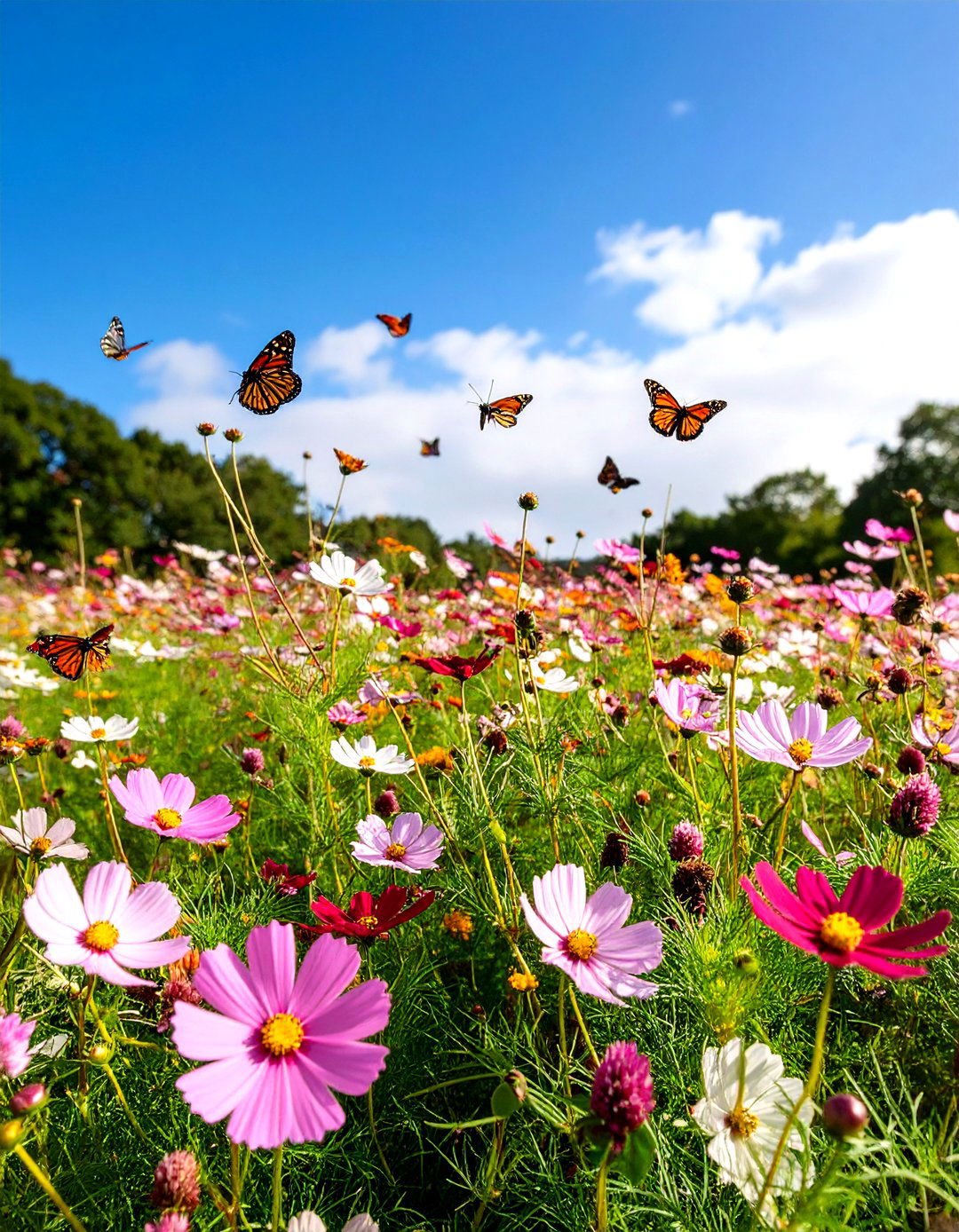
Even a single square meter can host a mini meadow buzzing with bees and butterflies. Garden-trend analysts report increasing demand for “living spaces for wildlife,” and seed houses now sell low-height mixes tailored to postage-stamp plots. Scrape away existing turf, broadcast seed, and top-dress with fine compost; by midsummer, dwarf cosmos, petite yarrow, and clover will weave a knee-high tapestry. Mow once in late fall, leaving cuttings to dry so seeds drop for next year. Besides boosting biodiversity, the sway of meadow flowers adds movement and a sense of openness to compact yards.
10. Edible-Ornamental Pairings Maximize Utility in a Small Garden
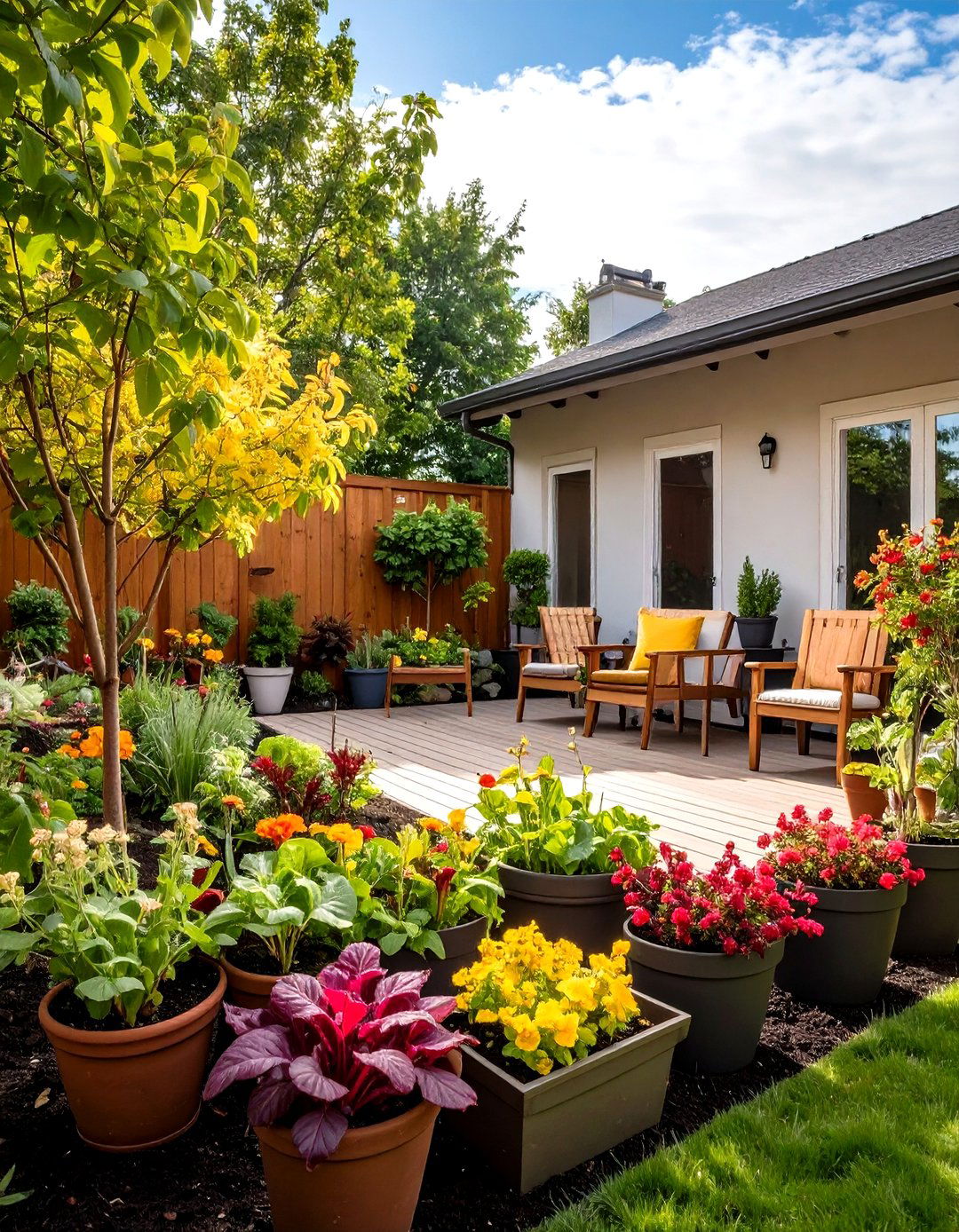
Why choose between beauty and bounty? Columnists champion dwarf fruit trees, rainbow chard, and compact peppers that deliver dinner and decorative punch in containers. Edge raised beds with frilly lettuces, slot rosemary into a sunny gap, and let scarlet runner beans scramble up a bamboo teepee. Interplanting edibles with florals deters pests and means every plant earns its keep. Keep soil fertility high with slow-release organic pellets to support the intensive planting, and rotate crops seasonally—cool-season spinach swapped for basil in summer—to keep the display fresh.
11. Fold-Down Potting Bench Saves Space in a Small Garden
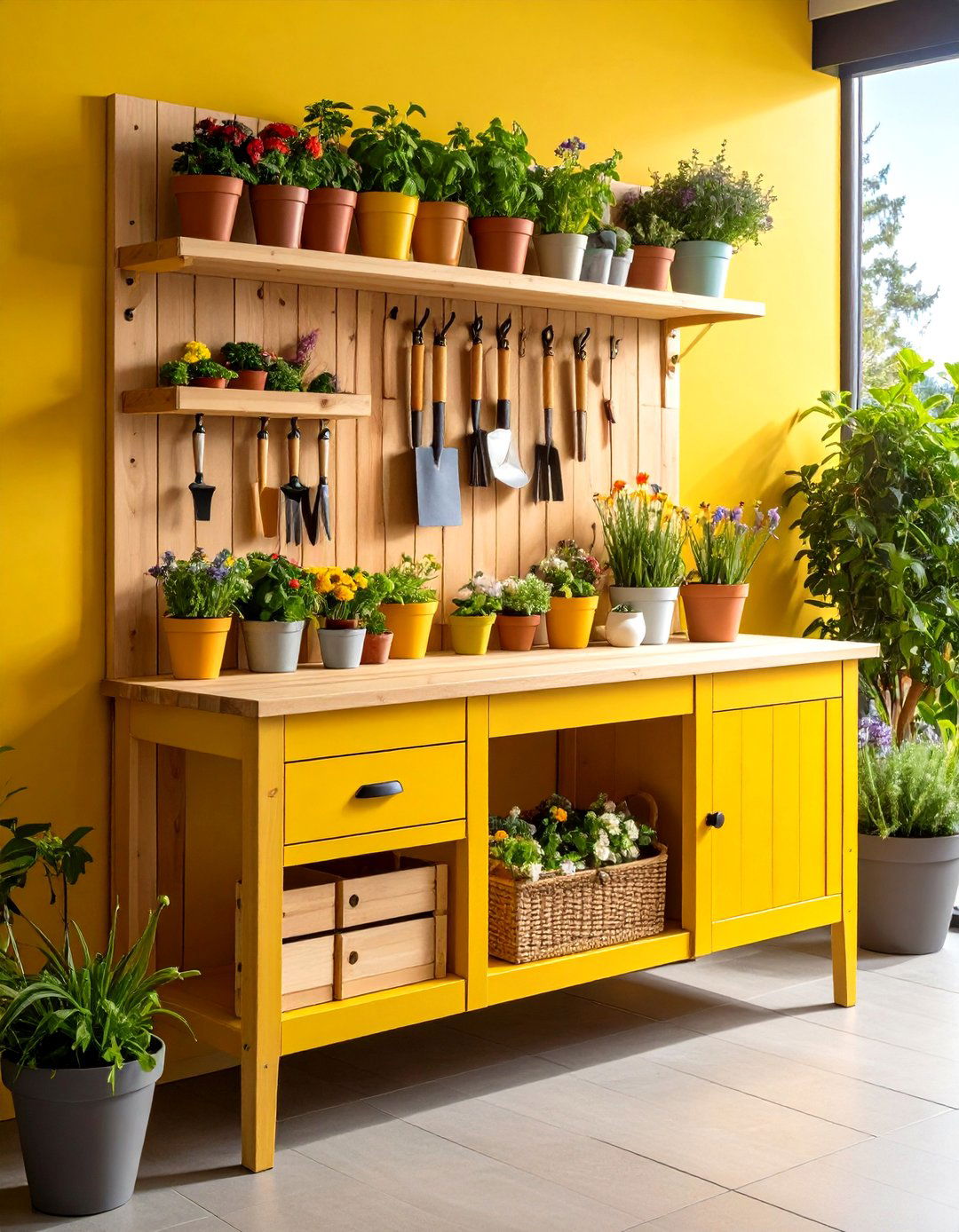
A wall-mounted, fold-down workbench gives you a sturdy surface for sowing seeds and repotting without sacrificing floor area. Small-garden design guides show versions made from treated cedar or recycled plastic slats, complete with hooks for tools and a narrow shelf for seed trays. When closed, the bench sits flush against a fence; when open, it becomes a 90-centimeter-deep workstation. Add a magnetic strip for pruners and label pens, and stencil sowing dates inside the flap. Because you can stand straight rather than crouch, tasks feel easier, encouraging more frequent—and enjoyable—garden care.
12. Rainwater Harvesting Keeps a Small Garden Sustainable
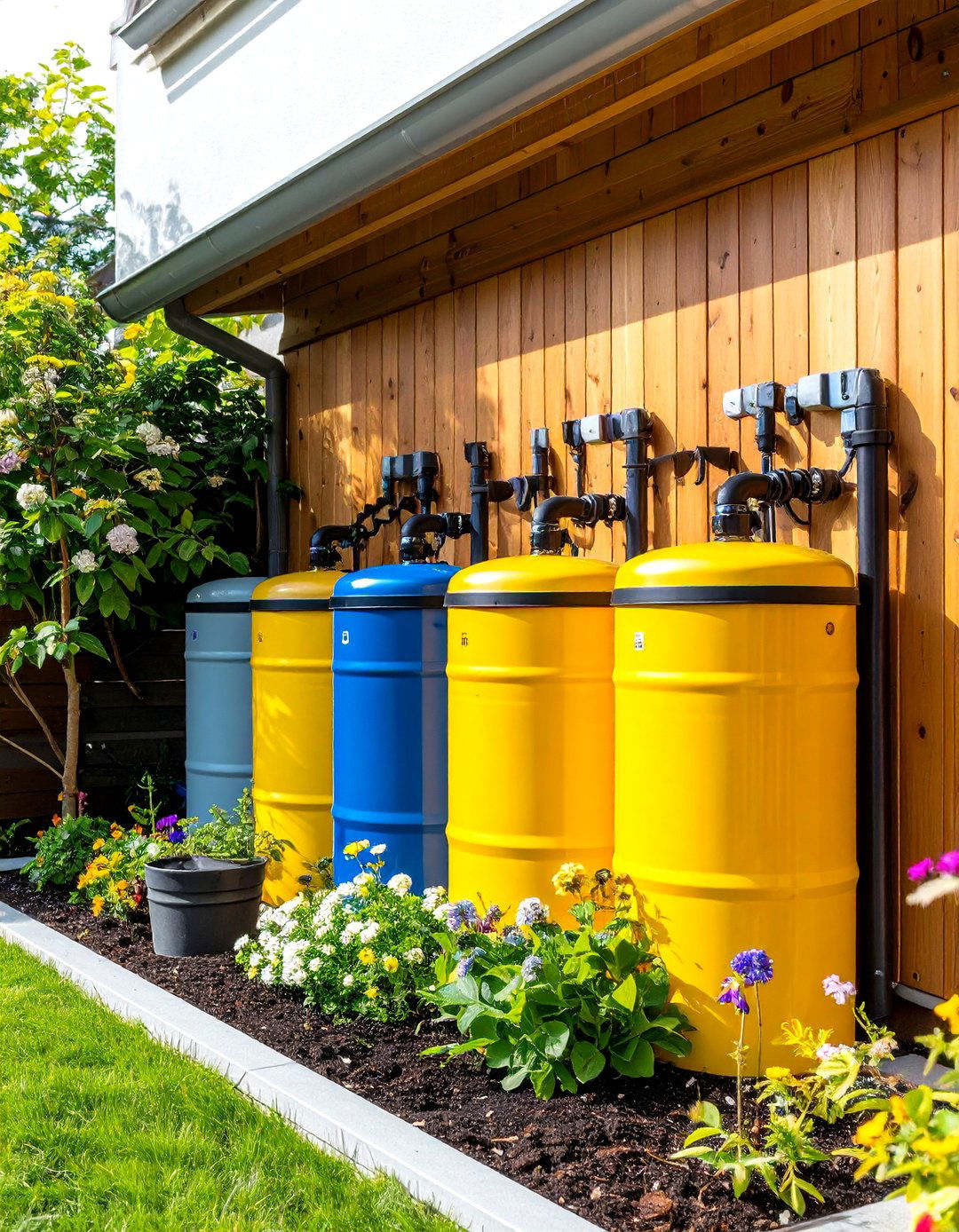
Rooftop or shed-fed water barrels collect free irrigation and soften the ecological footprint of a small garden. A recent rooftop case study demonstrates systems where runoff channels into tanks, then gravity-feeds drip lines. Slim “wall-hugger” barrels as narrow as 25 centimeters hide behind planters, and linking two with a hose increases capacity without occupying more ground. Fit a fine mesh filter to block mosquito larvae, and paint barrels to match siding so they blend in. Even one storm can refill a 100-liter tank, providing weeks of watering and teaching sustainable habits.
13. Integrated Seating-Planters Add Functionality to a Small Garden
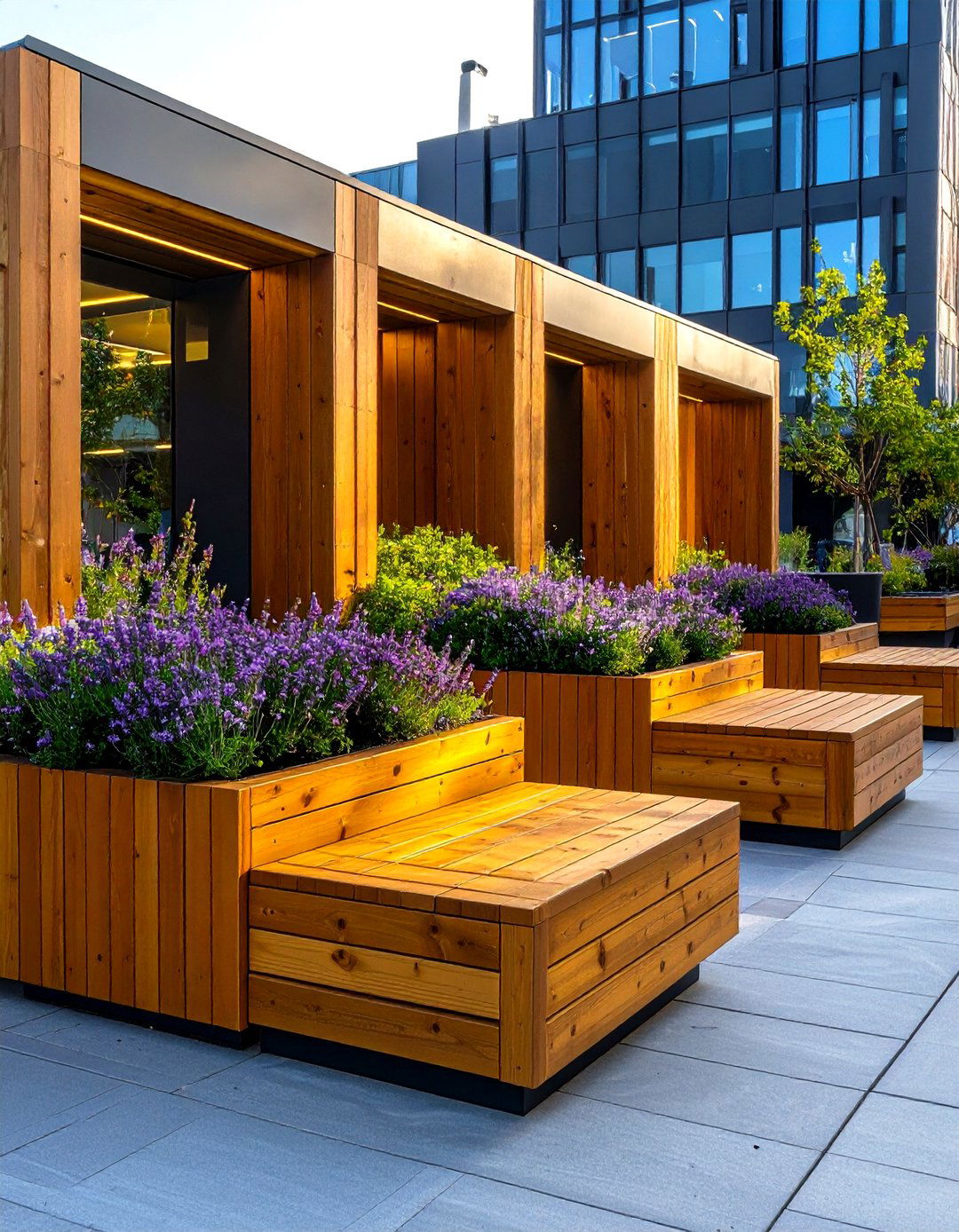
Built-in benches with hollow cores turn retaining walls into storage or soil spaces. Courtyard galleries showcase L-shaped timber seats that wrap raised beds, letting you perch among blooms while maximizing planting depth. Use rot-resistant wood or composite boards, line interiors with pond liner, and drill drainage holes. Plant cascading herbs like thyme to spill over the edges, blurring the boundary between seat and greenery. The dual-purpose structure frees up room for a fire bowl or yoga mat in the middle, making tight layouts feel versatile and purposeful.
14. Reflective Hardscapes Brighten a Shaded Small Garden
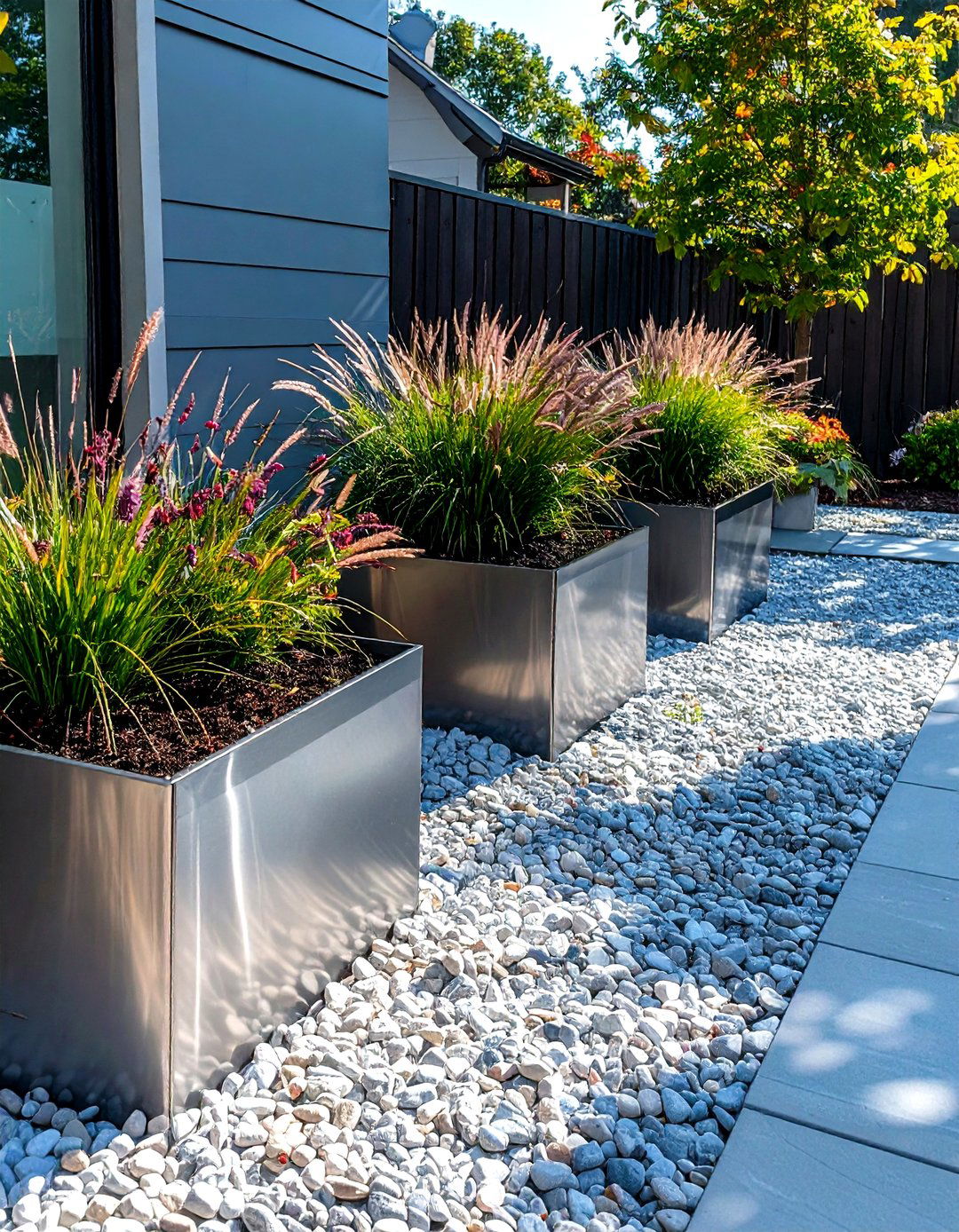
Beyond mirrors, pale gravel, stainless-steel planters, and light-toned decking bounce photons into dim corners. Design articles confirm that cool gray or buff aggregates lift gloom and visually widen narrow alleys. Sprinkle the same stone in multiple zones to create a rhythm that unifies the tiny plot. Use matt rather than high-gloss finishes to avoid glare, and frame paths with dark-leafed plants for contrast. The play of light across textures keeps the space lively from dawn to dusk and reduces reliance on artificial lighting.
15. Rooftop Small Garden Turns Airspace into Oasis
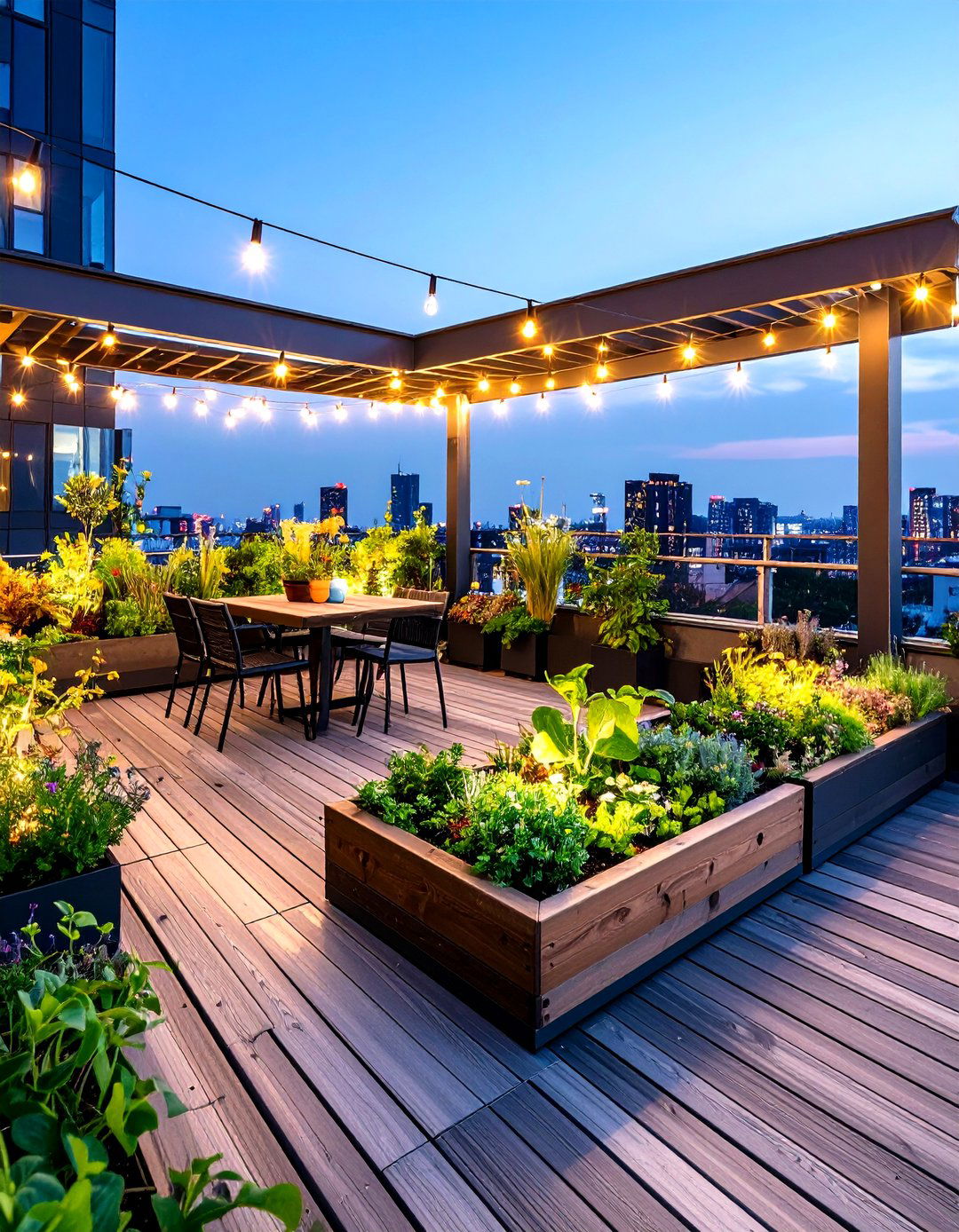
With ground plots scarce, many city dwellers green their roofs, installing ultralight planters, interlocking deck tiles, and shallow sedum mats. Recent coverage of an 80-foot-high roof garden shows how even third-acre expanses started small—with modular containers and drought-tolerant grasses. Always consult structural engineers and add root-barrier membranes. Cluster planters against parapets for wind protection and safety, and include drip irrigation tied to rain barrels. A bistro table and string lights transform the roof into an evening escape with skyline views, proving vertical real estate is the ultimate small-garden frontier.
16. Bowl-Style Water Feature Calms a Small Garden
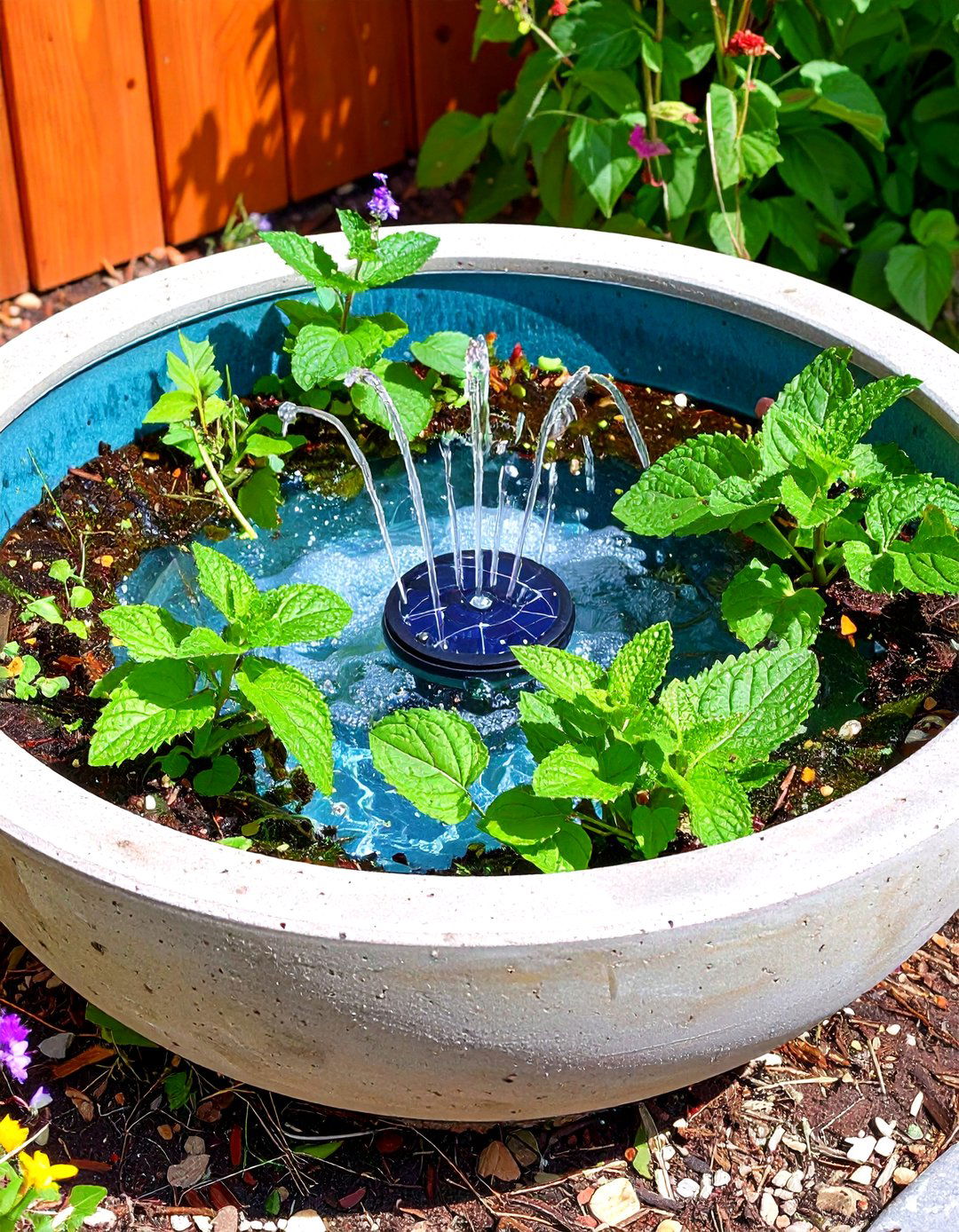
A simple, self-contained water bowl delivers soothing sound without the footprint—or plumbing—of a pond. Small-garden showcases recommend fiber-reinforced concrete or corten-steel bowls 60–90 centimeters wide, placed where they catch dappled light for shimmering reflections. Add a solar-powered bubbler to keep water fresh and attract birds, and surround the bowl with scented foliage like mint or lemon balm. Because the reservoir is shallow, maintenance involves only weekly top-ups and an occasional scrub. The gentle trickle masks street noise and creates a focal point that anchors the composition.
17. Color-Block Walls Zone a Small Garden with Style
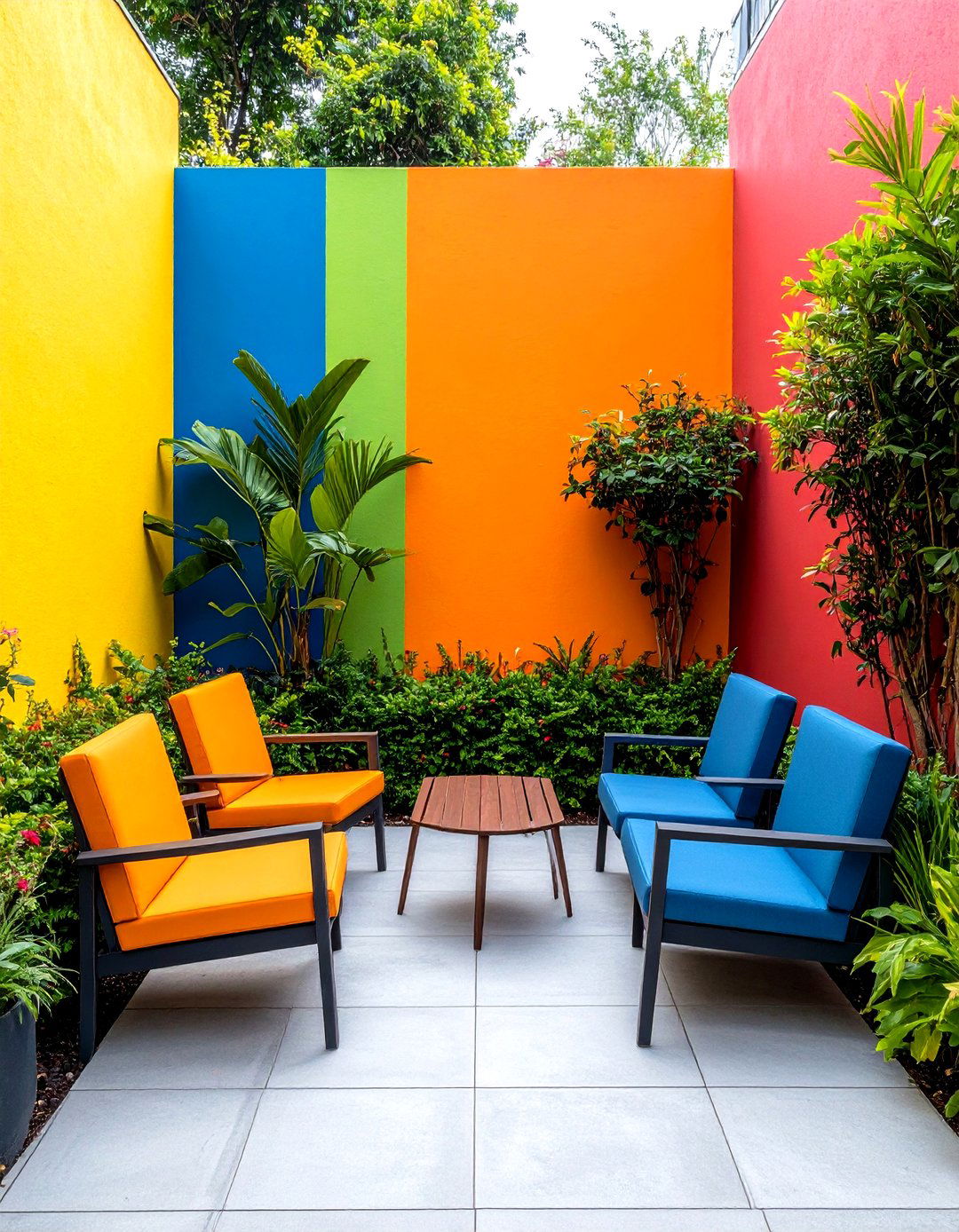
Painting boundary fences in contrasting blocks—say deep charcoal behind bright plants and pale sage beside seating—visually slices the plot into purposeful rooms. Small-garden award winners often use two-tone walls to create depth without adding physical partitions. Darker hues recede, making planting beds appear deeper, while lighter shades brighten social corners. Use exterior-grade paint with UV protection, and repeat accent colors in cushions or pots for cohesion. The result feels curated and contemporary, guiding the eye through the space and disguising limited dimensions.
18. Smart Paving Patterns Organize a Small Garden Floor
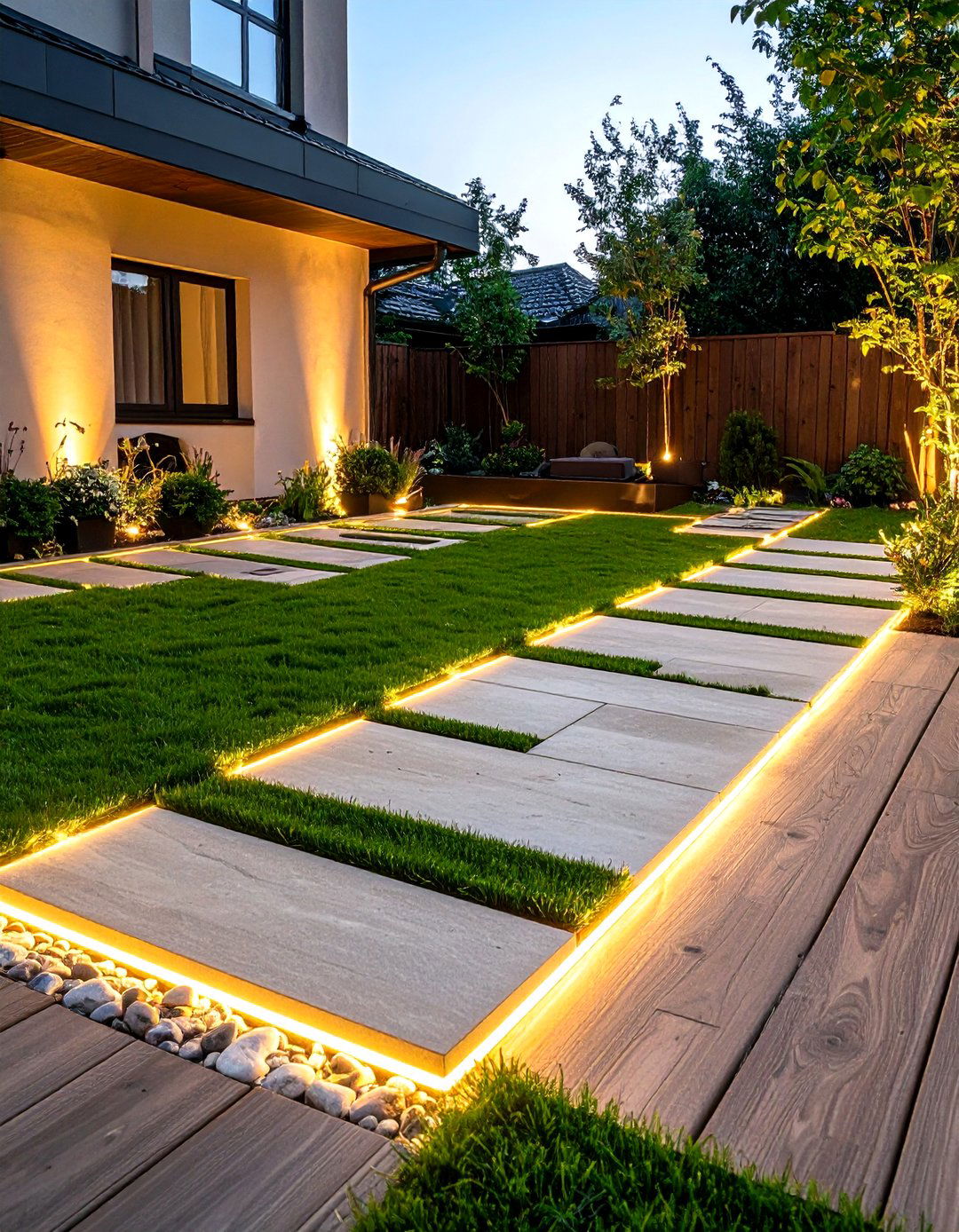
Laying large-format pavers on the diagonal lengthens sight-lines, while alternating strips of stone and turf introduces a pleasing rhythm. RHS designers advise keeping joints tight and colors consistent to avoid visual clutter in a small garden. Permeable pavers over a gravel sub-base prevent runoff and meet many city codes. Inset low-voltage LED strips between slabs to emphasize geometry at night, and top-dress joints with low-growing thyme for fragrance. The grid underfoot guides furniture placement and simplifies maintenance, ensuring every slab earns its keep.
19. Seasonal Swap-Out Containers Refresh a Small Garden Year-Round
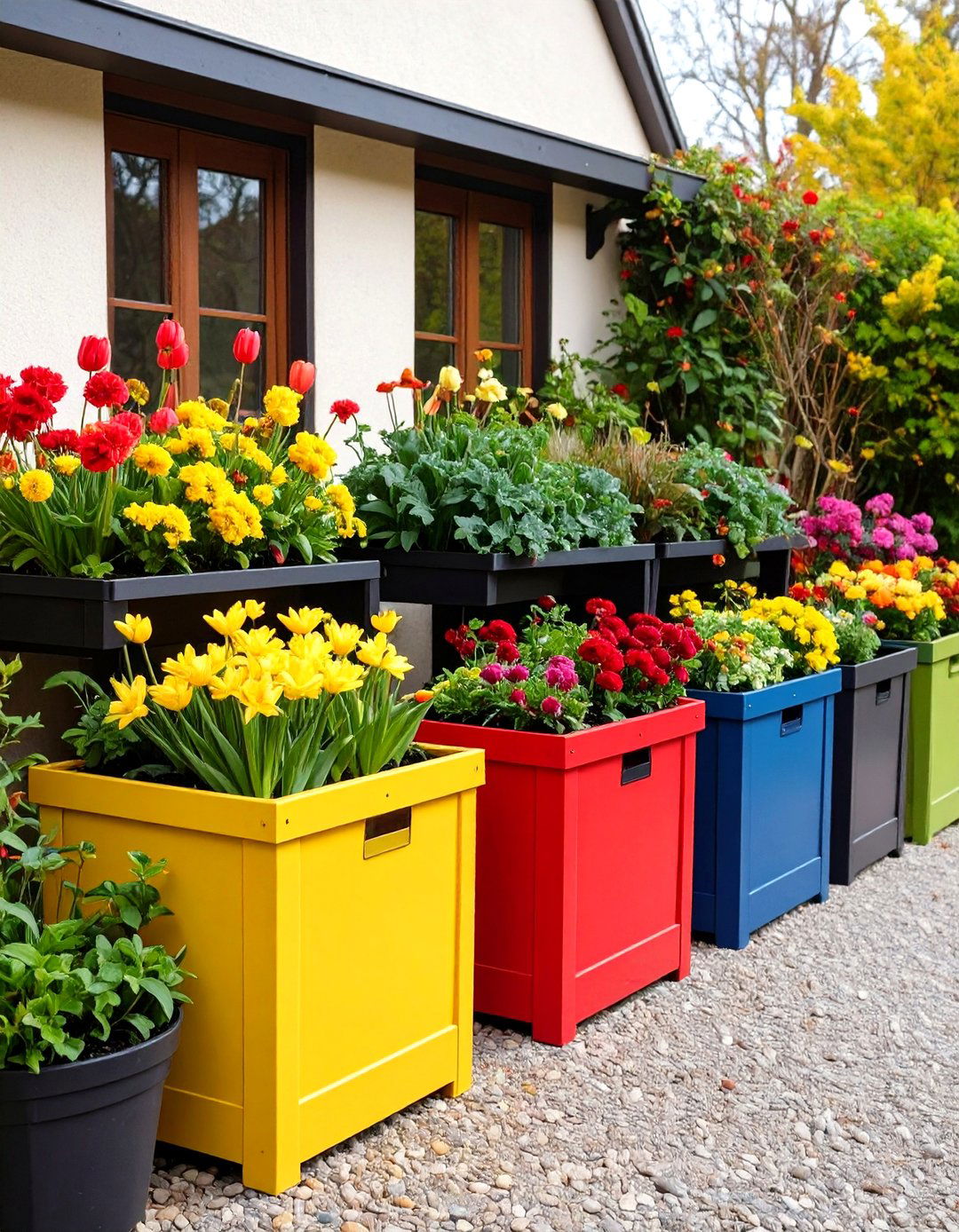
Because space to plant in-ground is limited, adopt a rotating cast of container displays timed to seasons—tulip bulbs in spring crates, dwarf dahlias in summer tubs, ornamental kale and pumpkins in autumn. Keep spare pots and potting mix in a storage bench (see Idea 4) so changeovers happen in minutes. This rolling scheme keeps the garden looking “new” without structural overhauls and leverages the portability of containers to chase sun or shelter plants indoors when frost looms. A quick seasonal reset also lets you trial color combos before committing.
20. Rewilded Micro-Habitat Corners Enrich a Small Garden

Leaving one back-of-bed patch a little messy—piled branches, leaf litter, or a small insect hotel—invites beneficial wildlife to patrol pests naturally. High-rise landscaping trend reports praise vertical habitats and log stacks that slot neatly into tight urban gardens. Select untreated wood, drill holes of varying diameters for solitary bees, and plant nectar-rich ground-covers around the base. Monitoring visiting hoverflies and ladybirds becomes part of the garden’s pleasure and teaches sustainability with zero extra square footage.
Conclusion:
A modern small garden thrives when every element multitasks—walls become vertical planters, benches hide storage, lighting extends both hours and horizons, and tech saves water while plants feed pollinators. By layering structure, smart materials, and seasonal flexibility, you transform limited ground into a richly textured, wildlife-friendly retreat that expresses personal style without compromise. Let these twenty ideas inspire experiments, and watch your small garden deliver outsized joy.


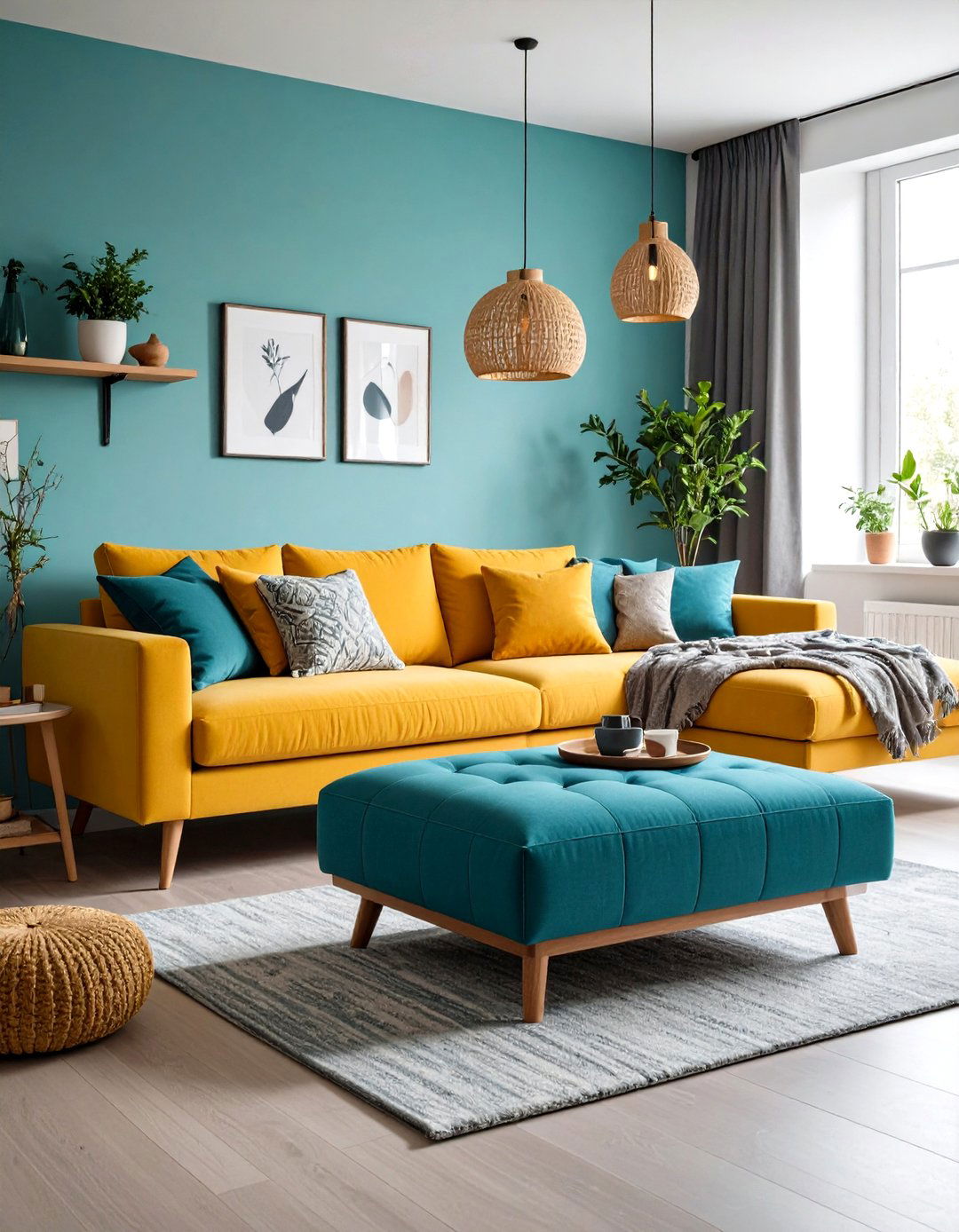
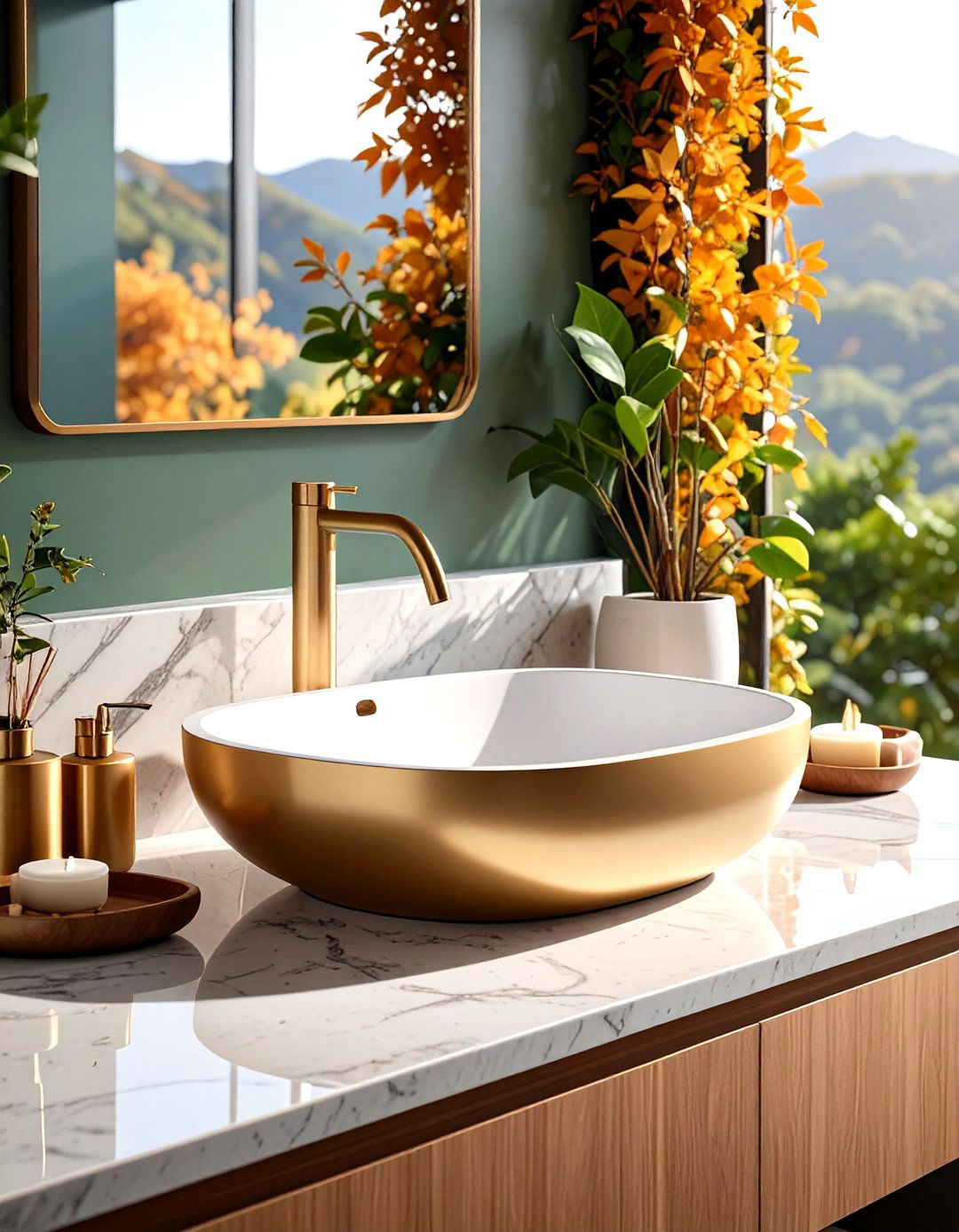
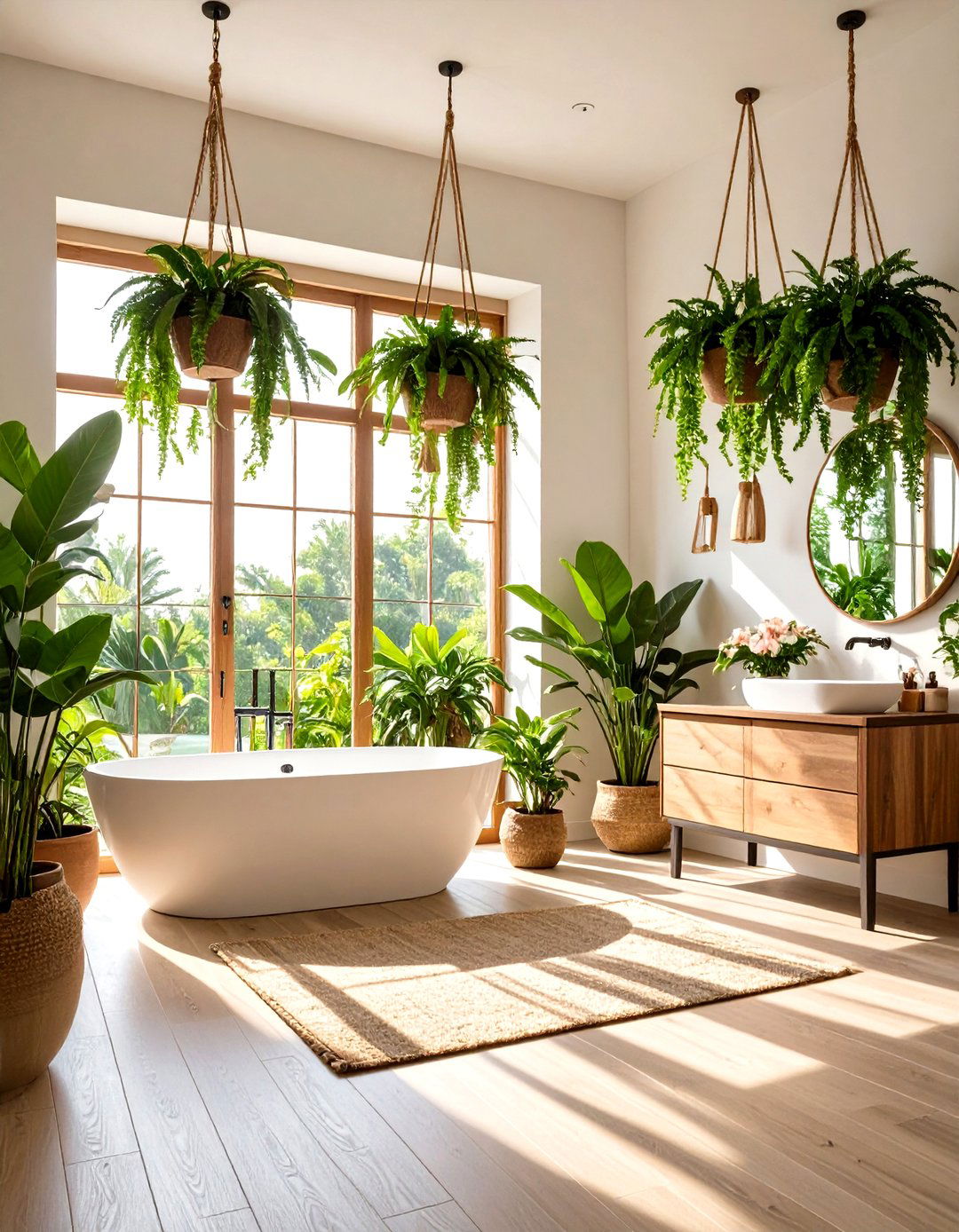
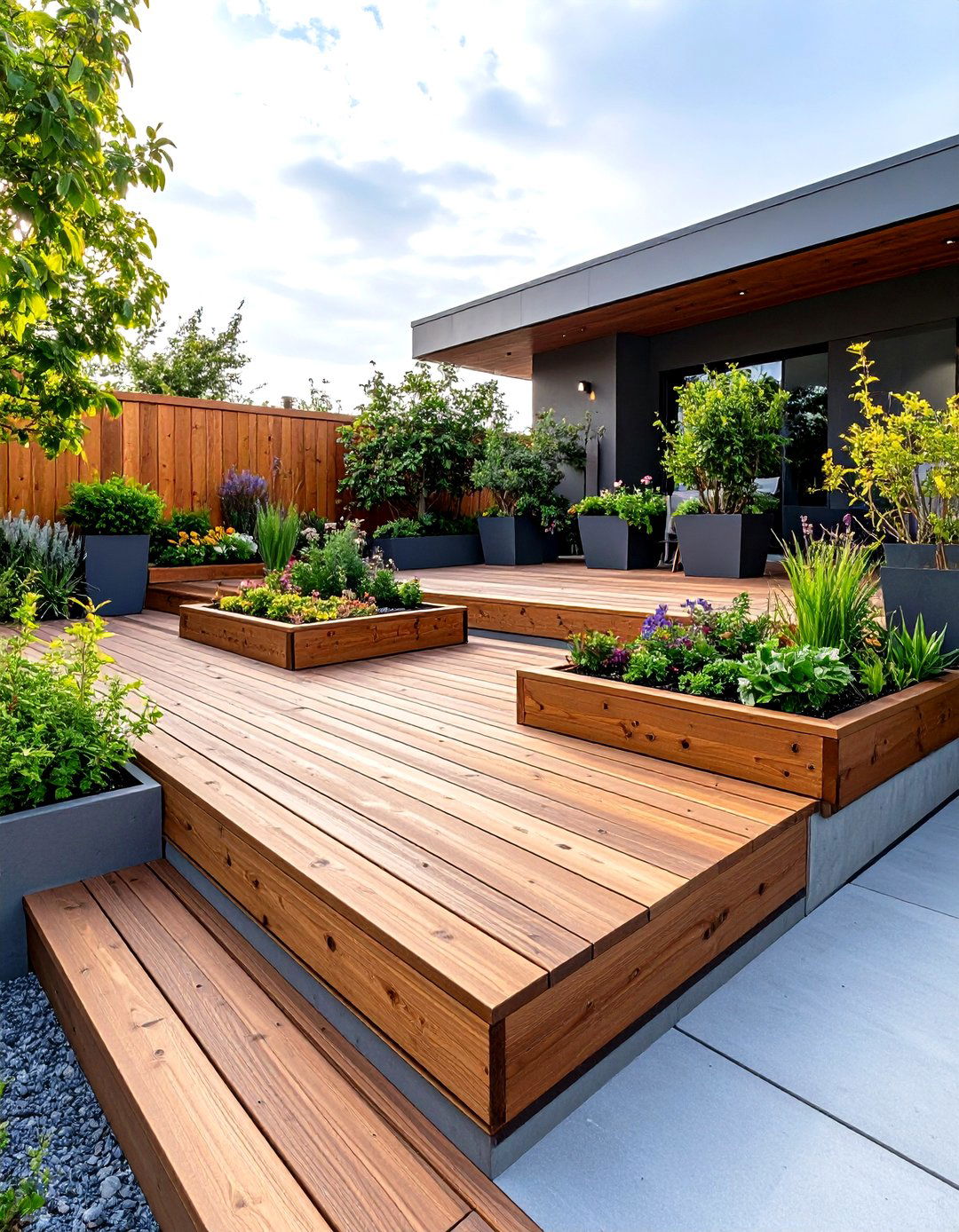
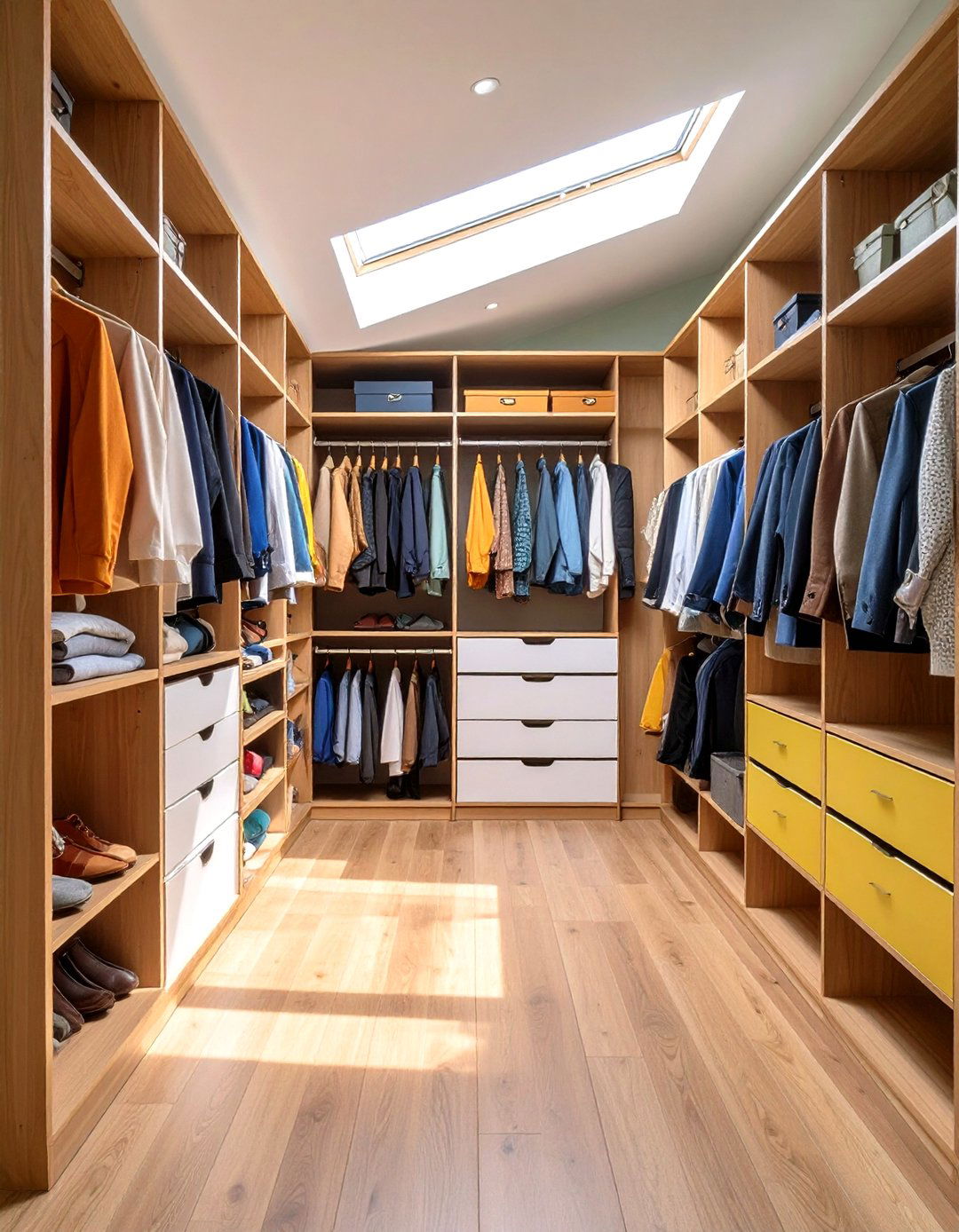

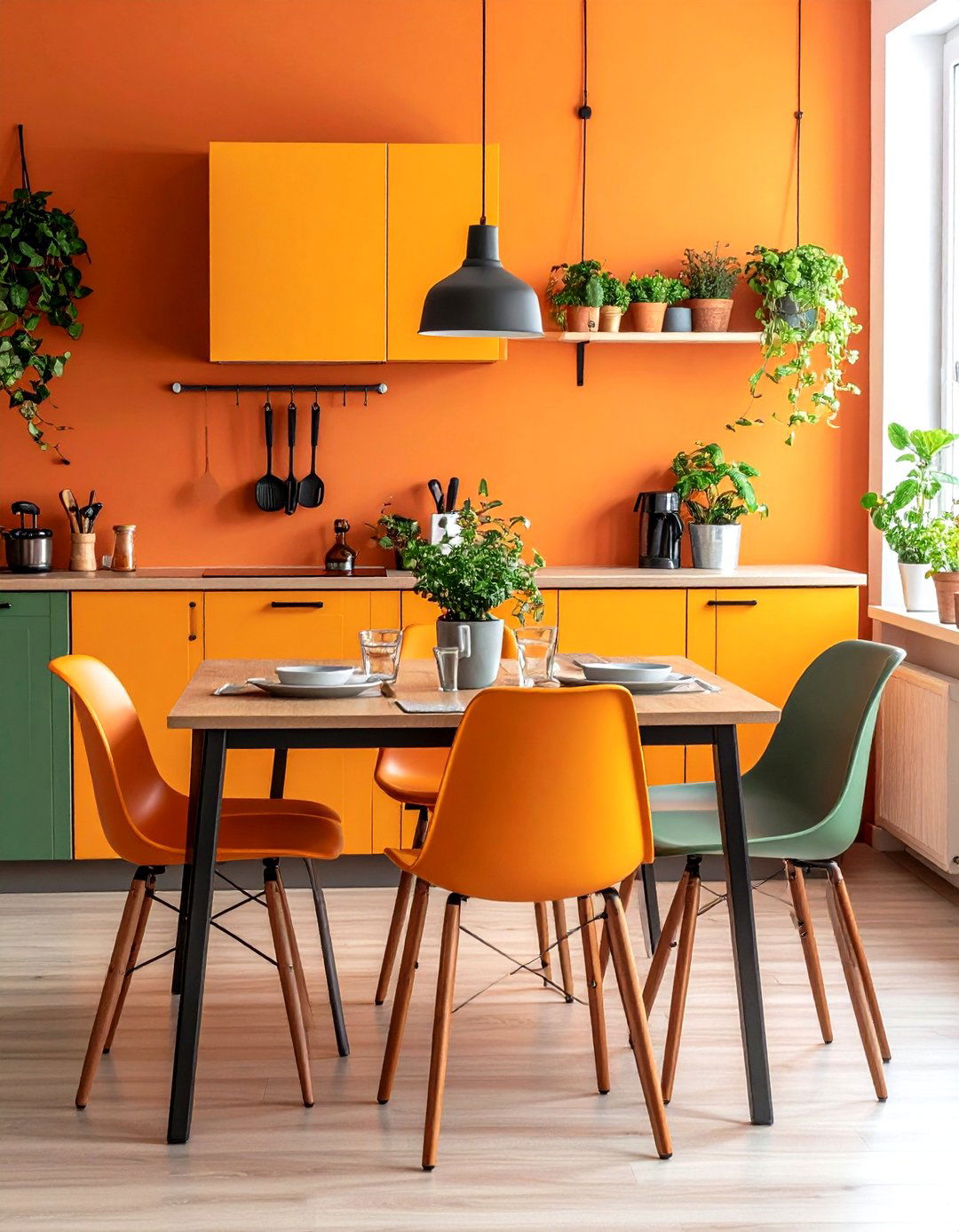
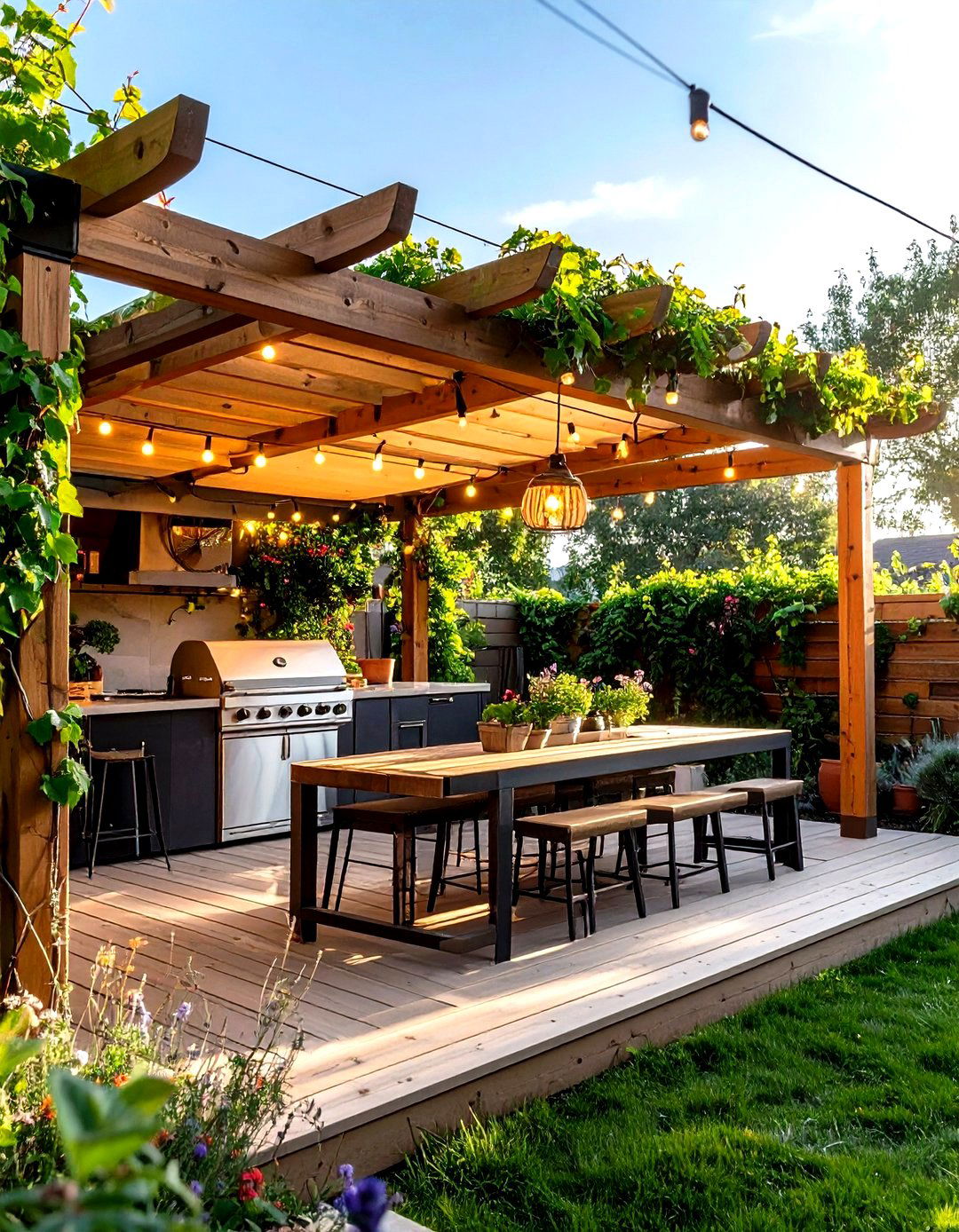
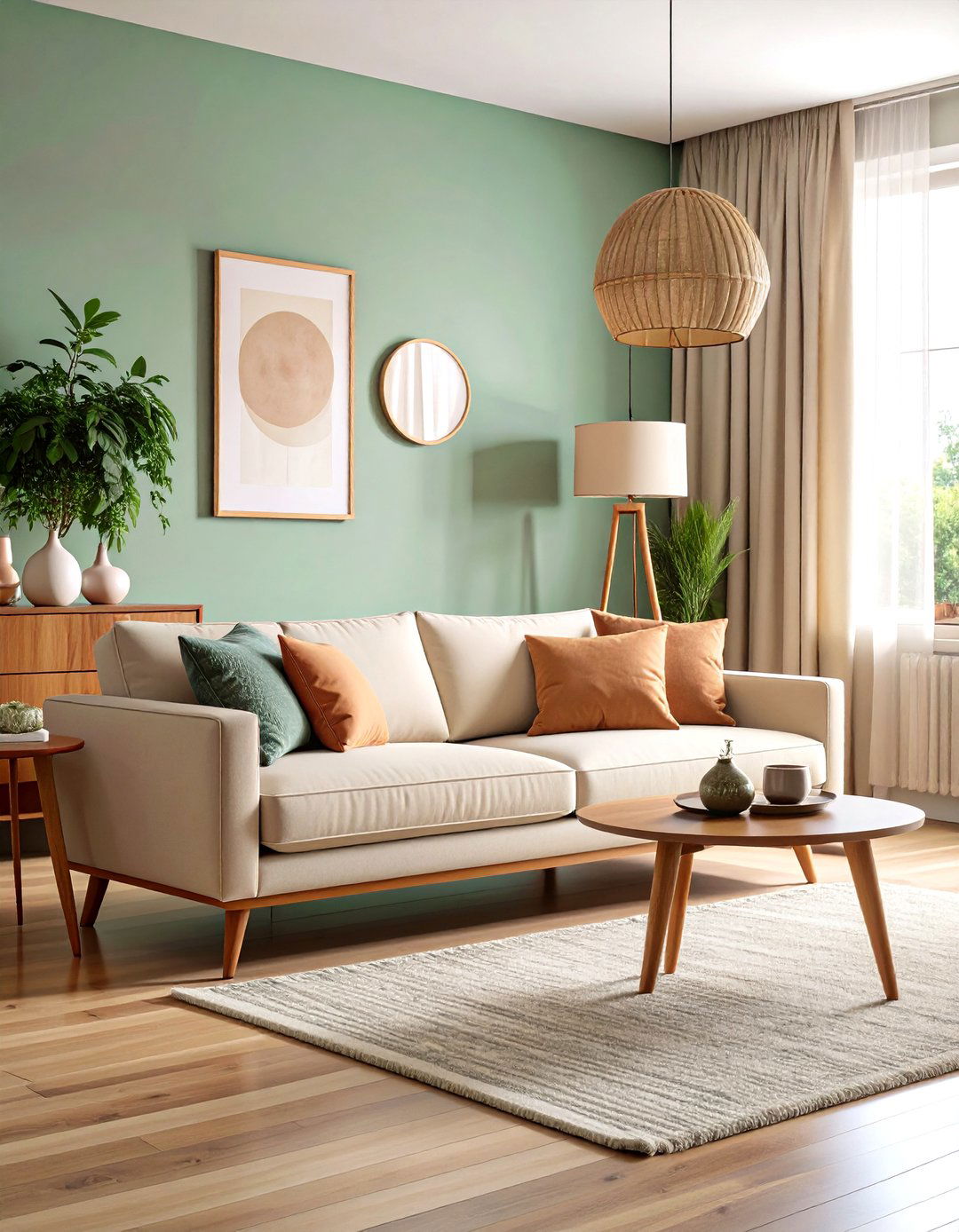
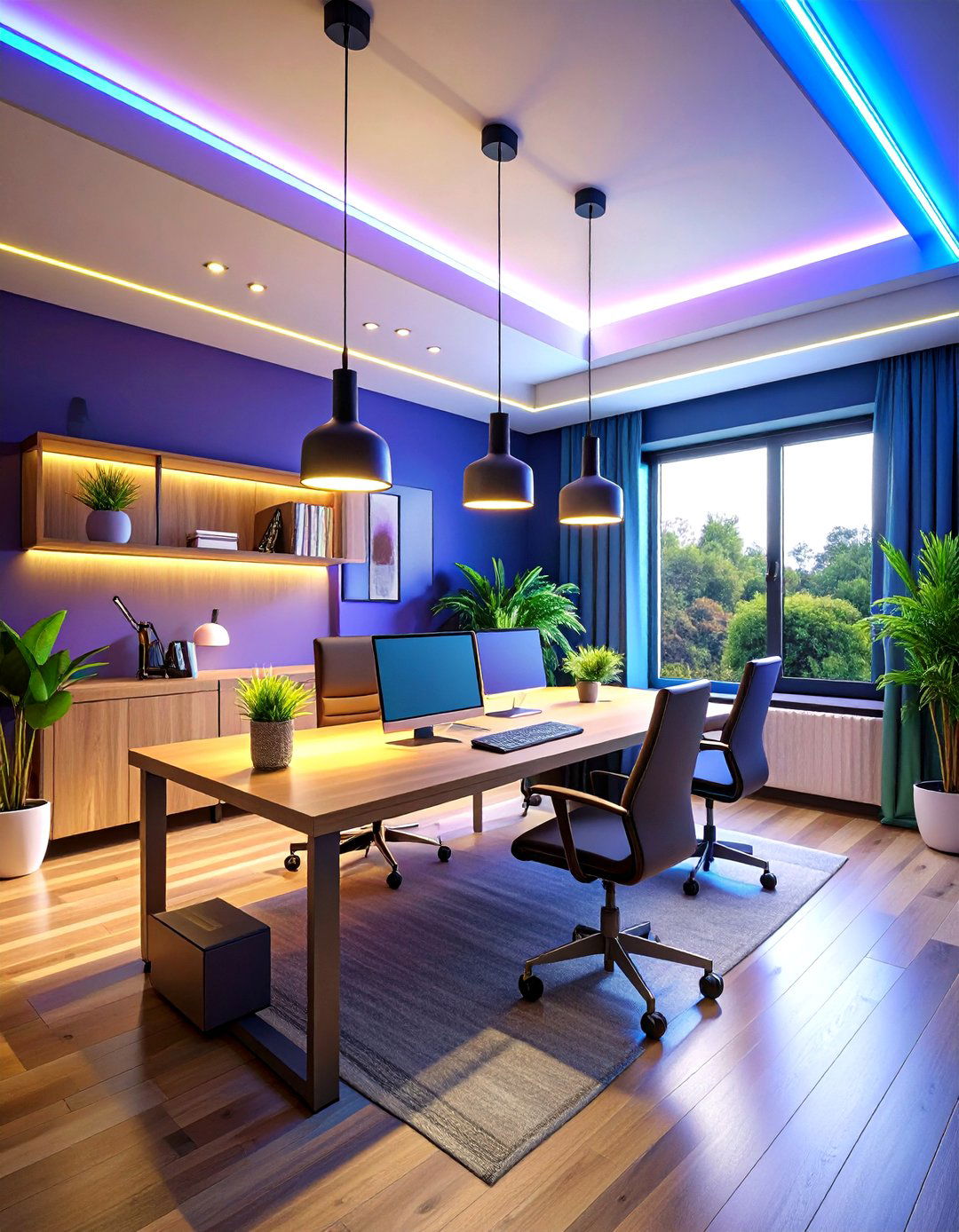
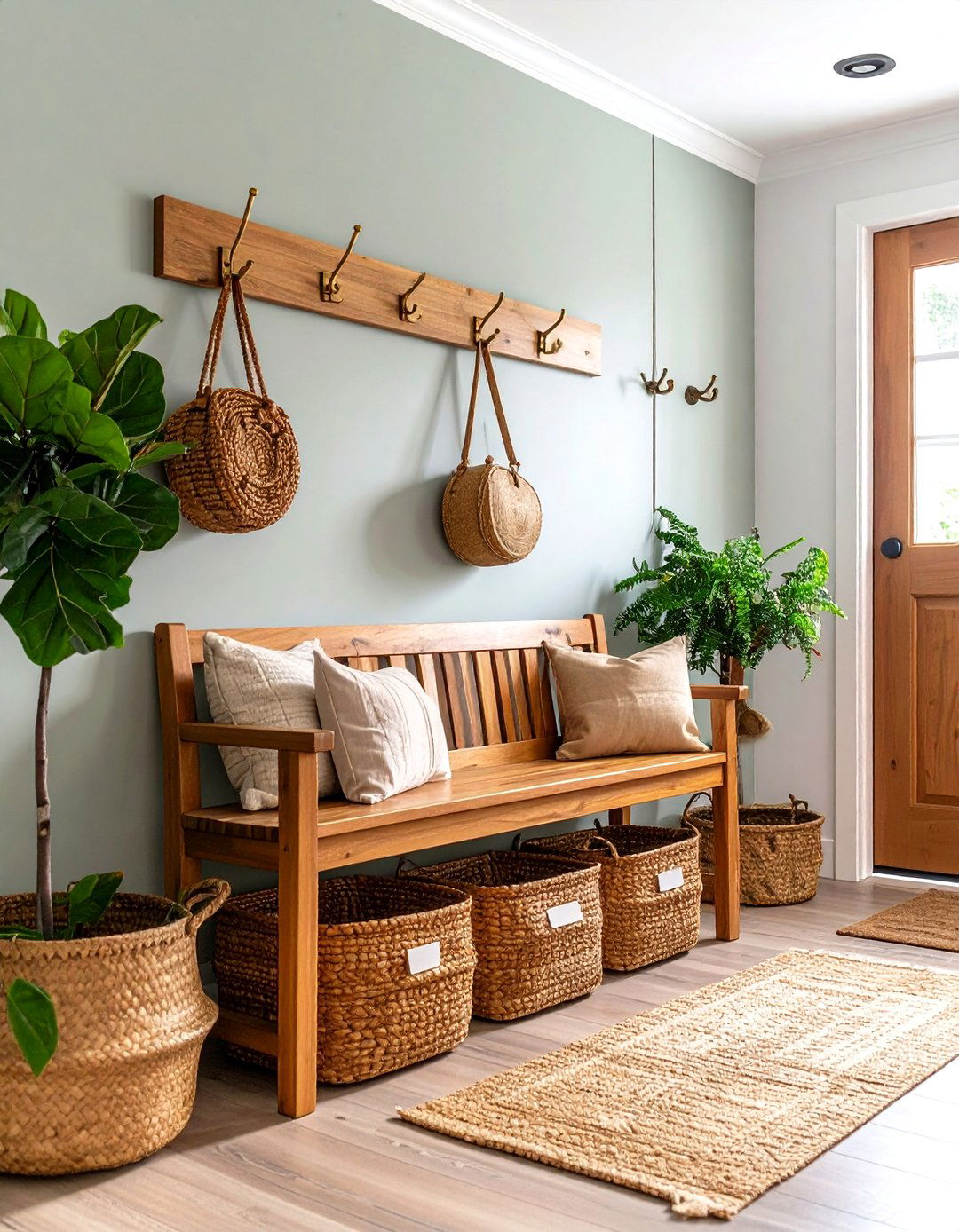
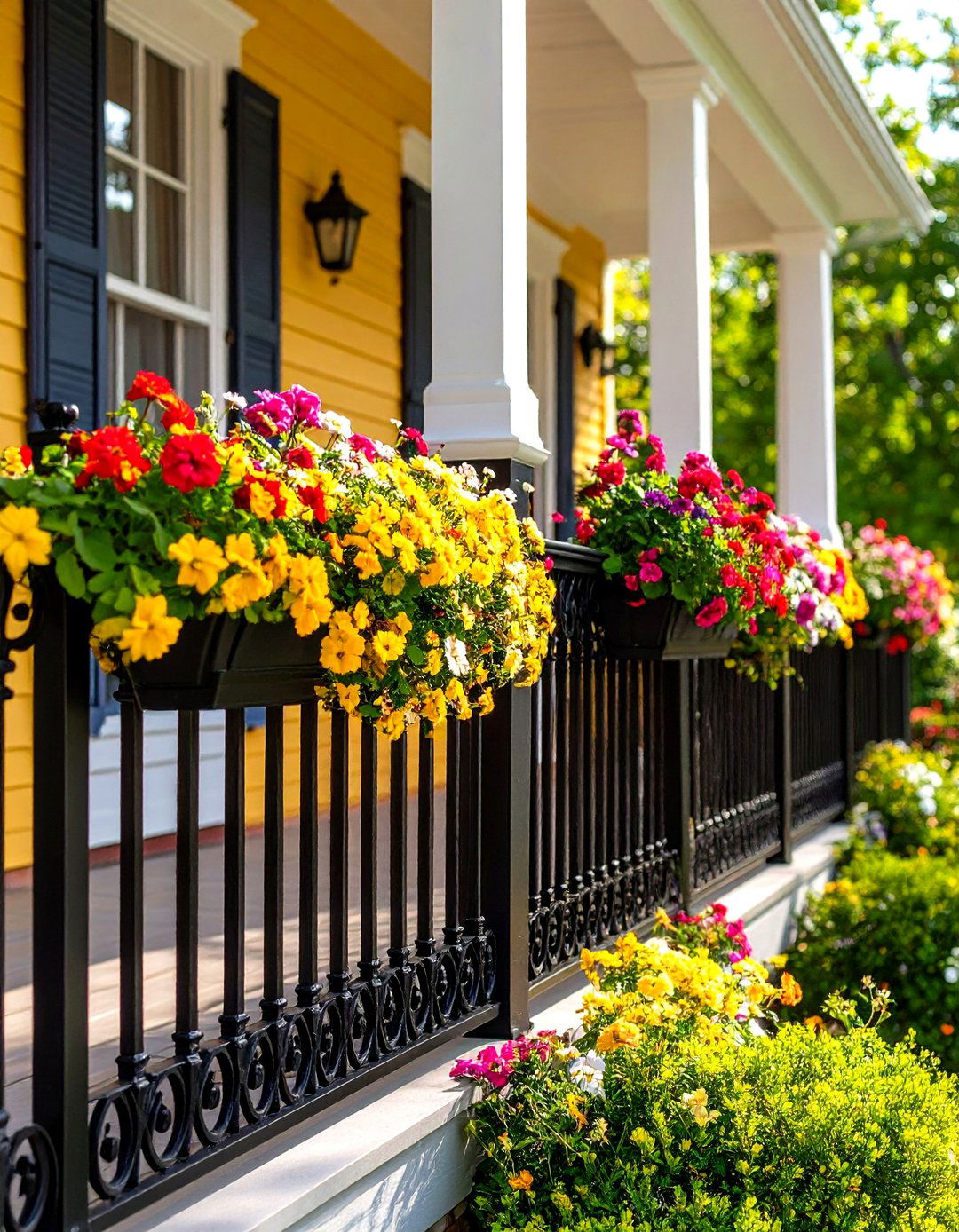

Leave a Reply